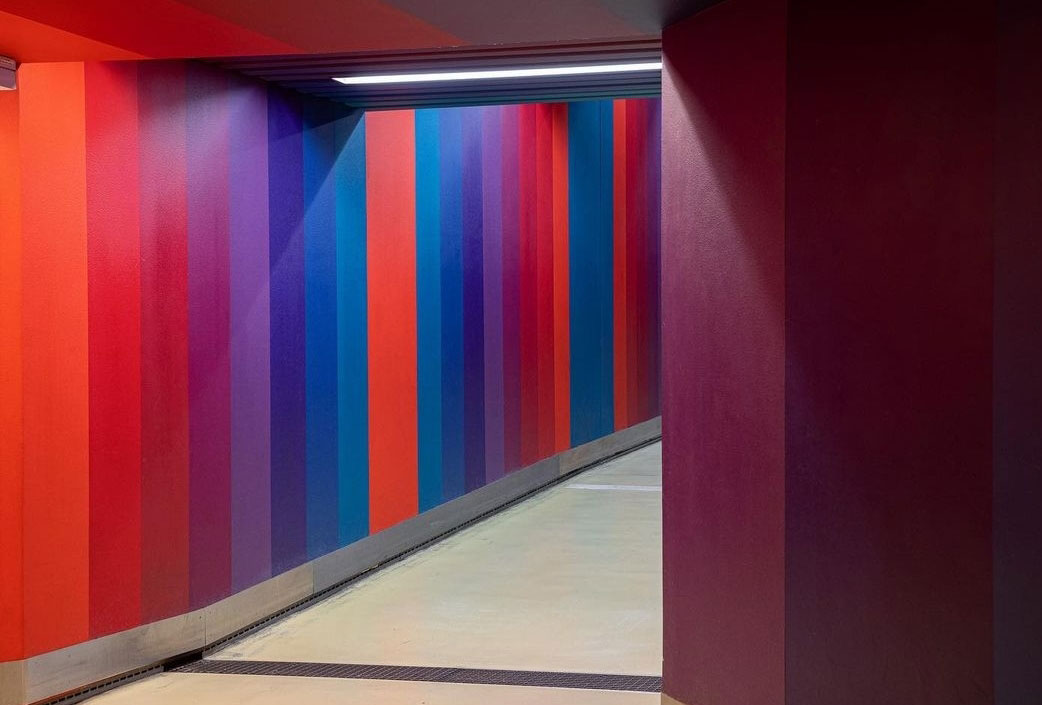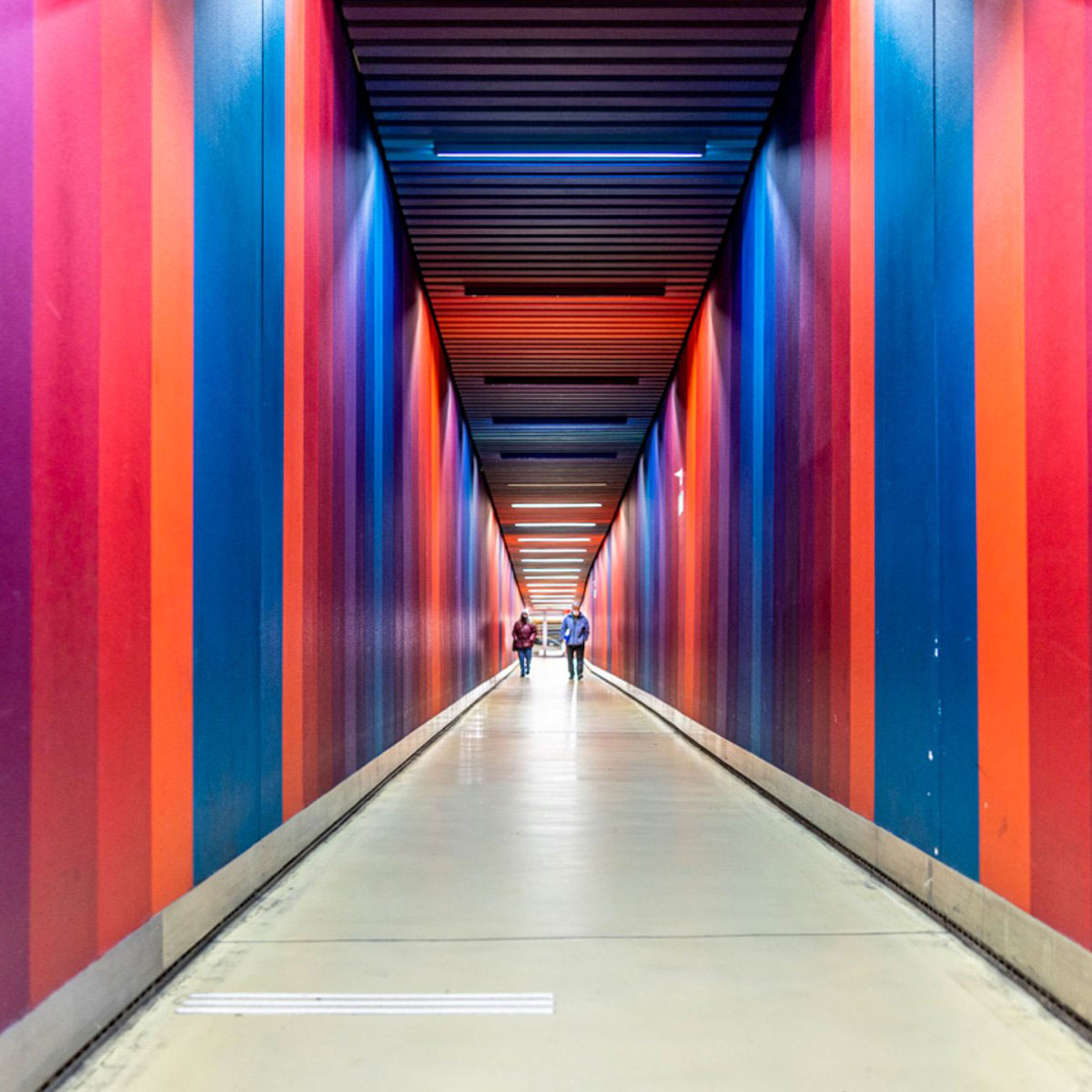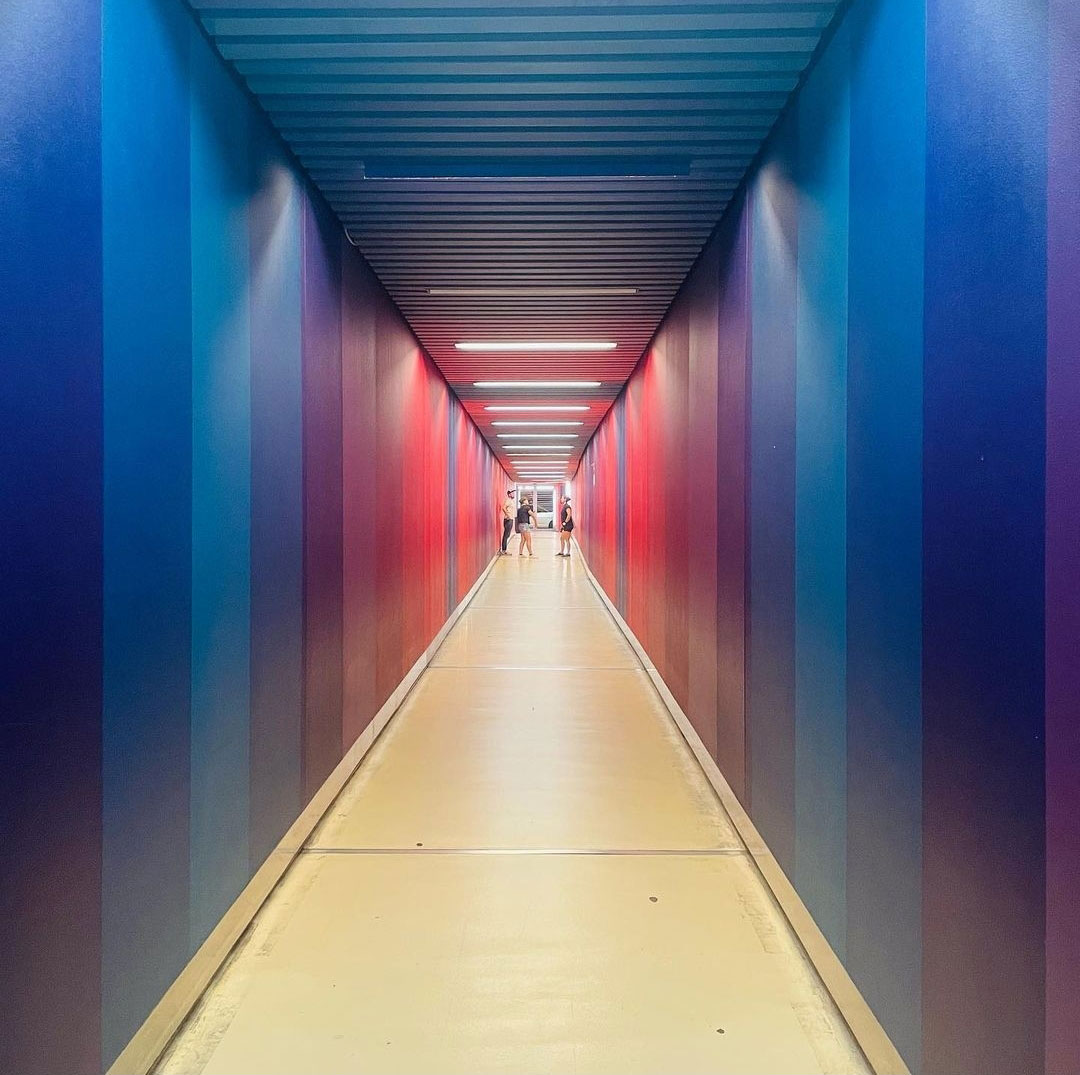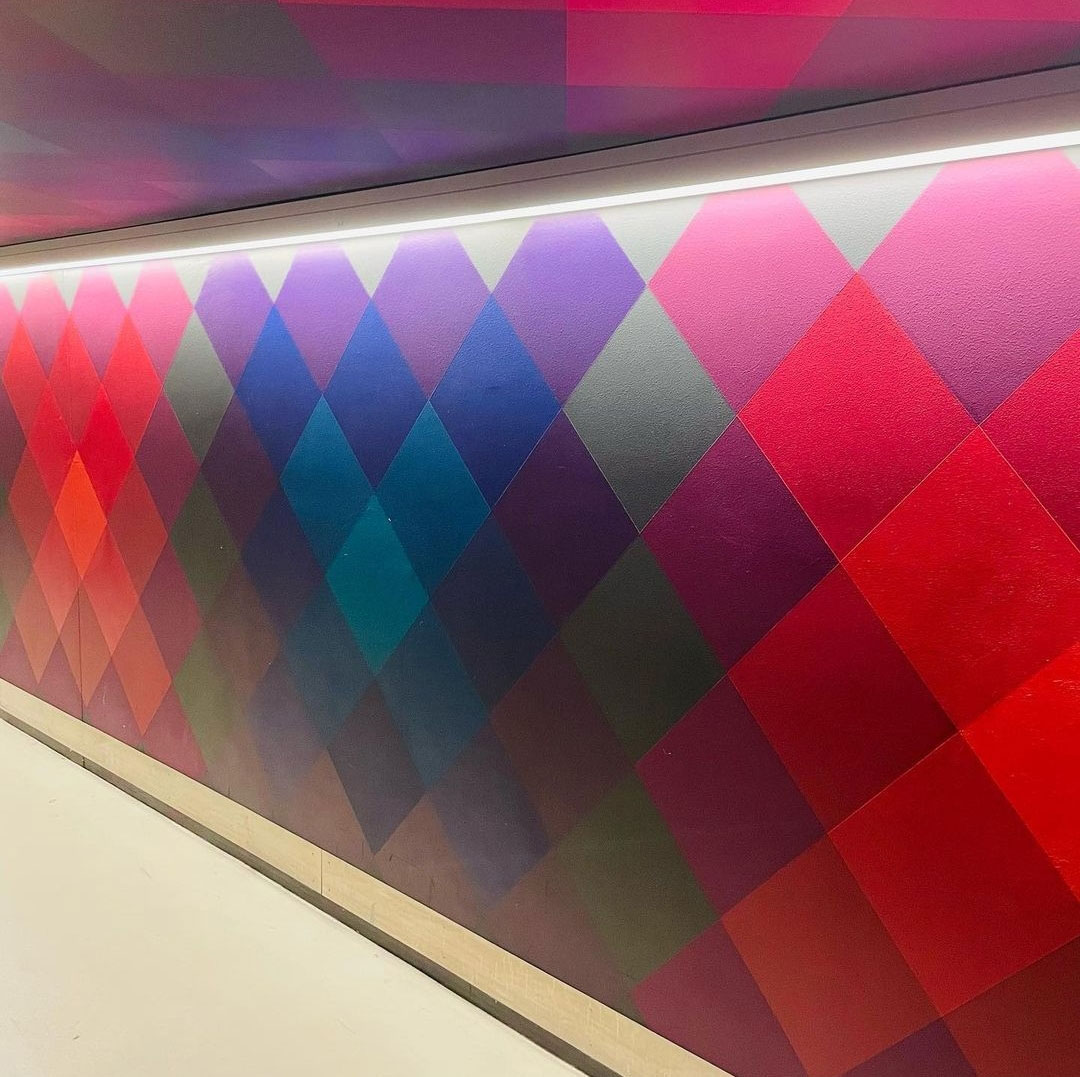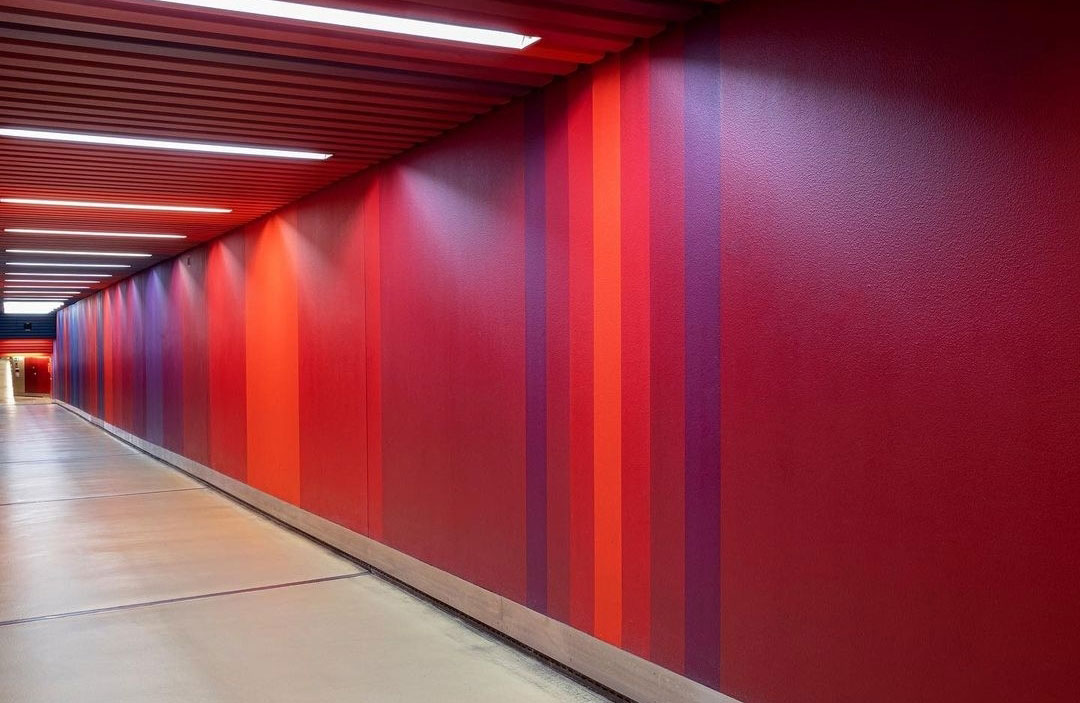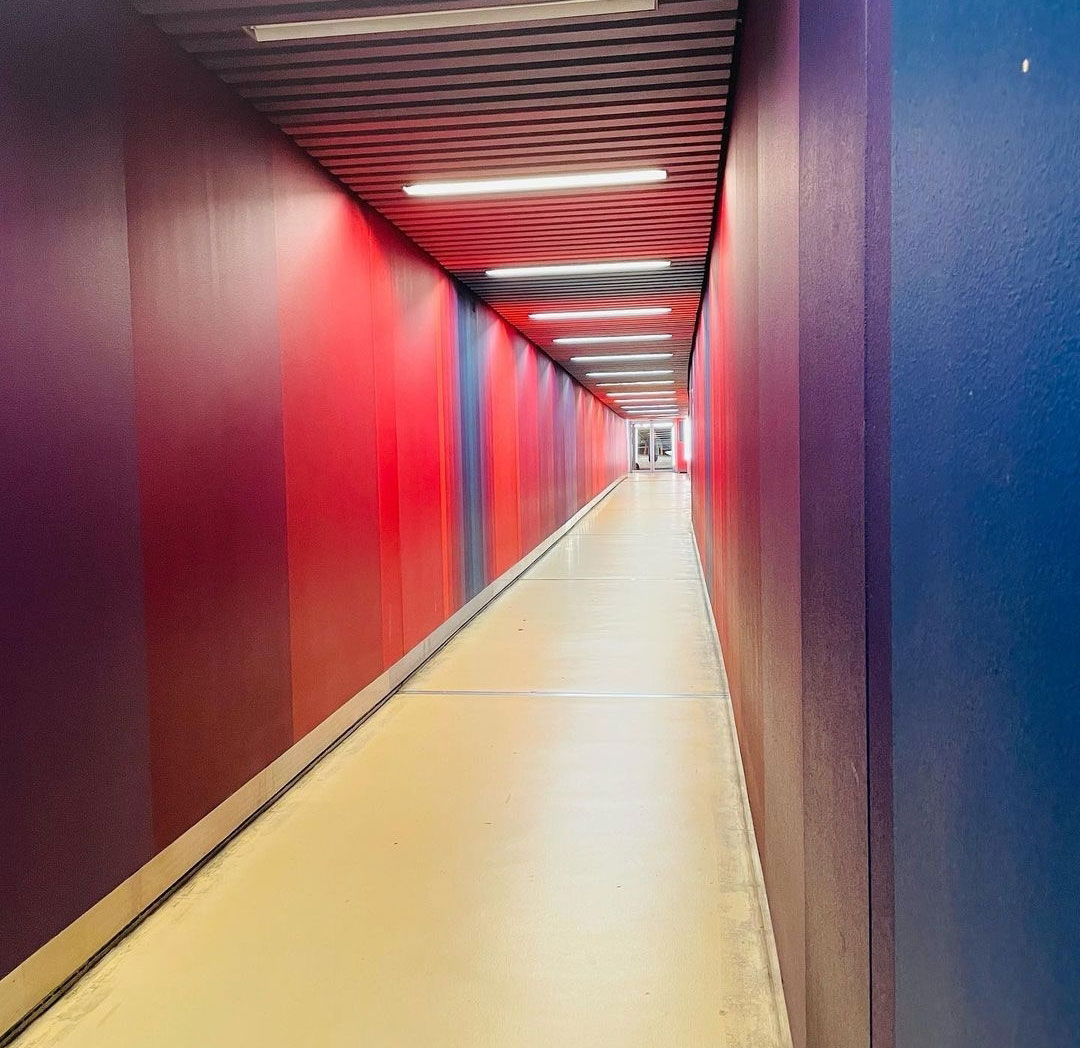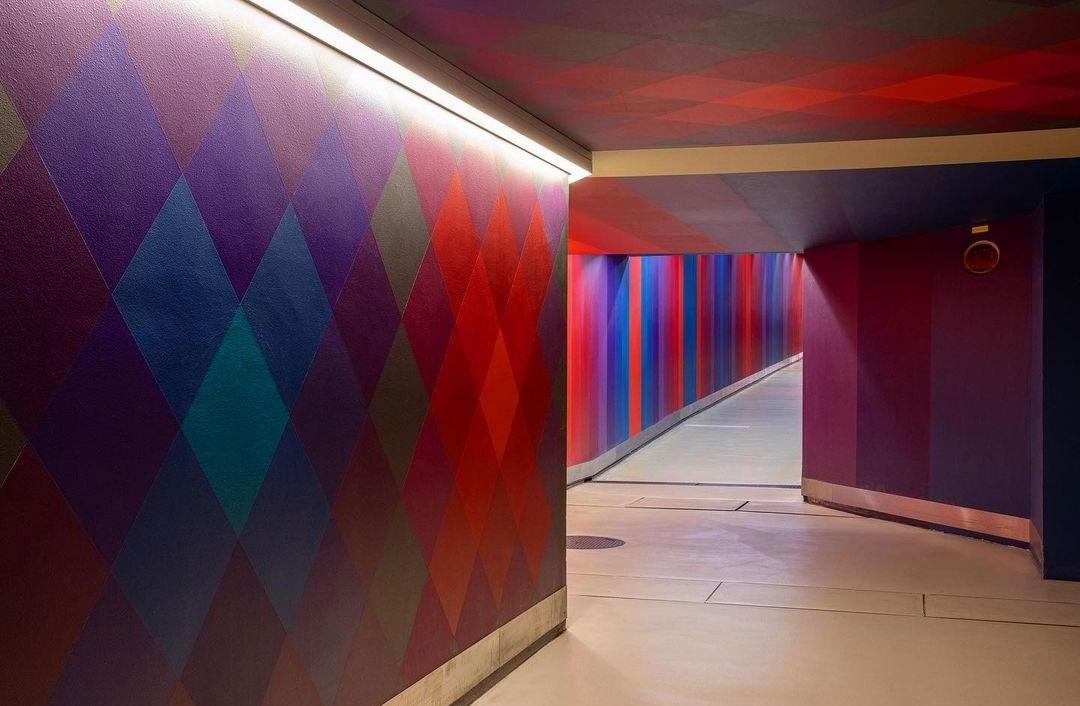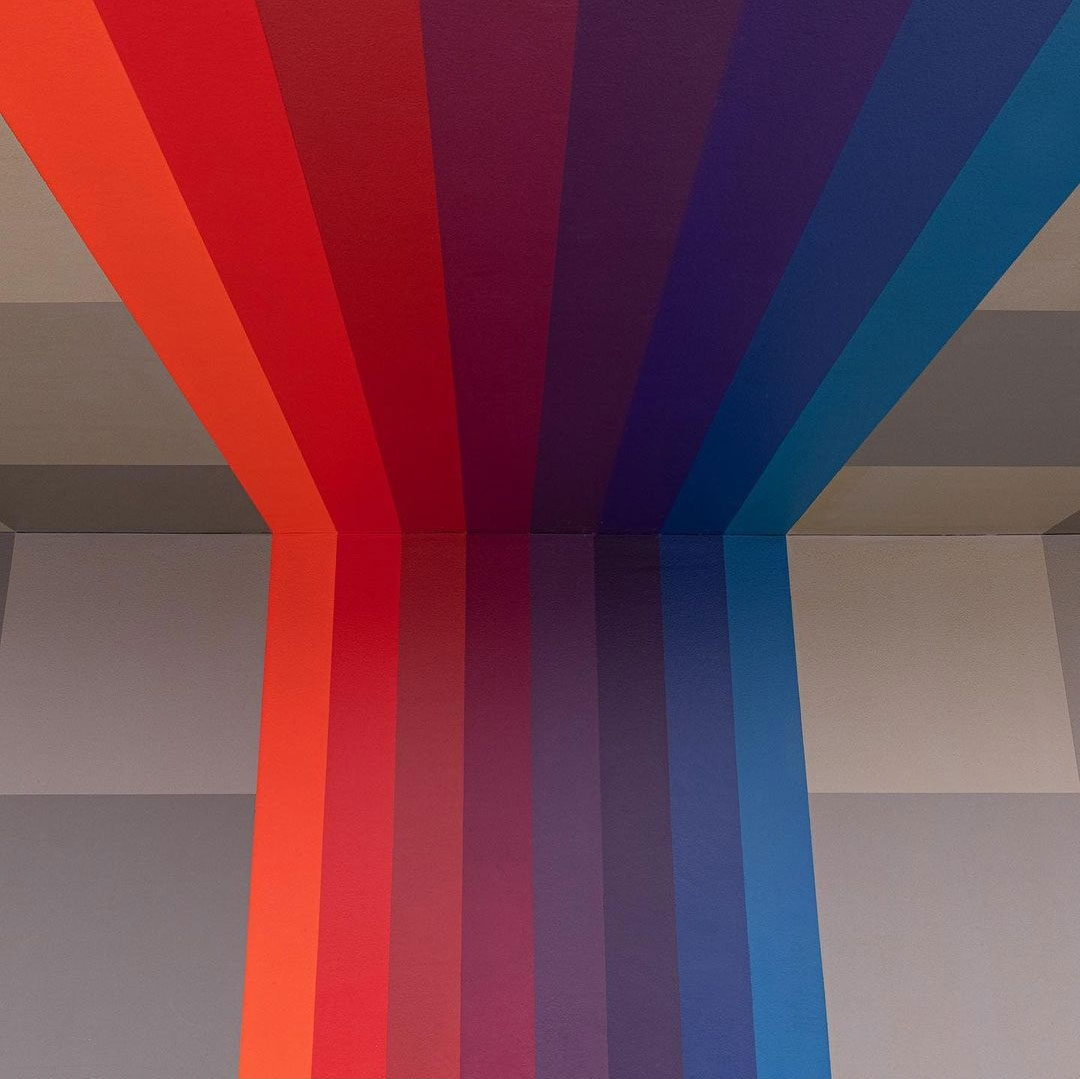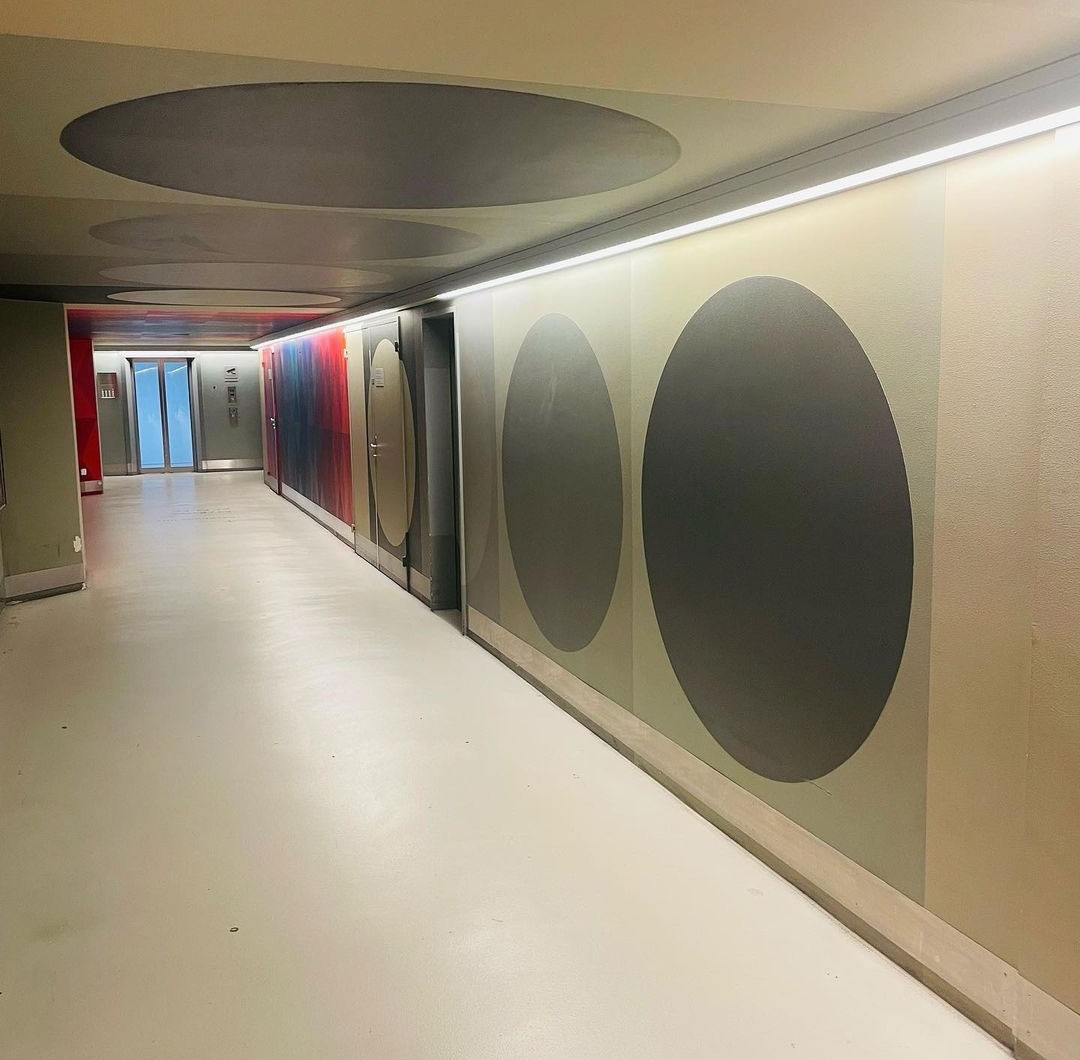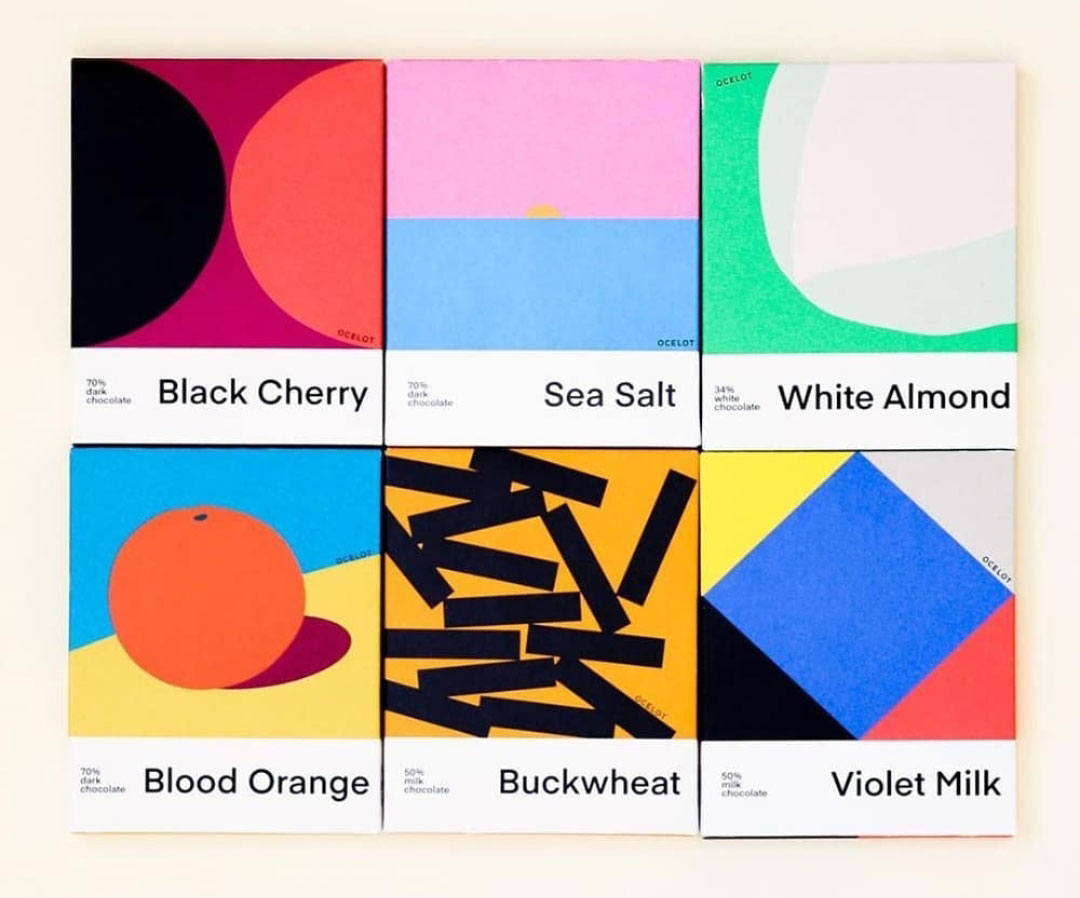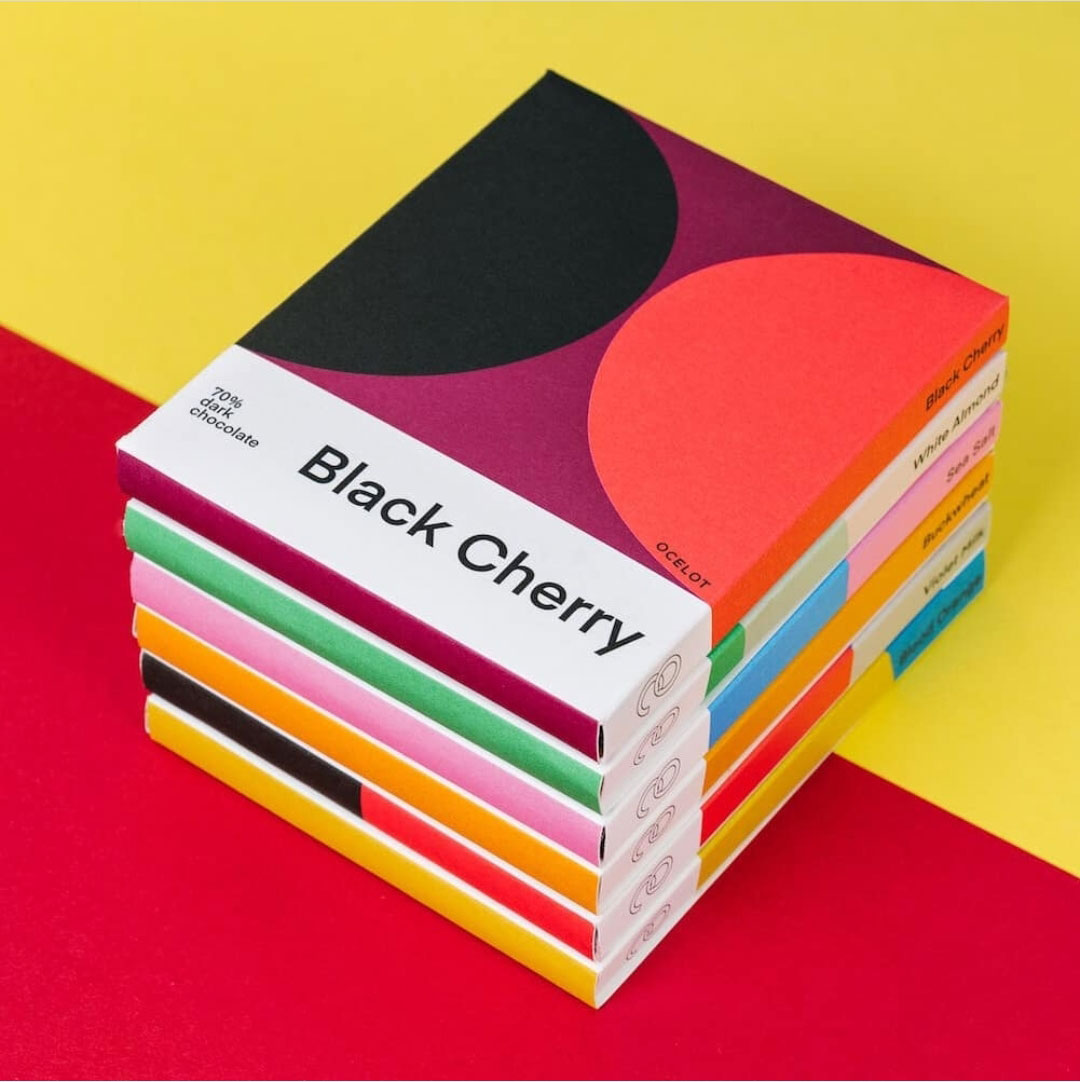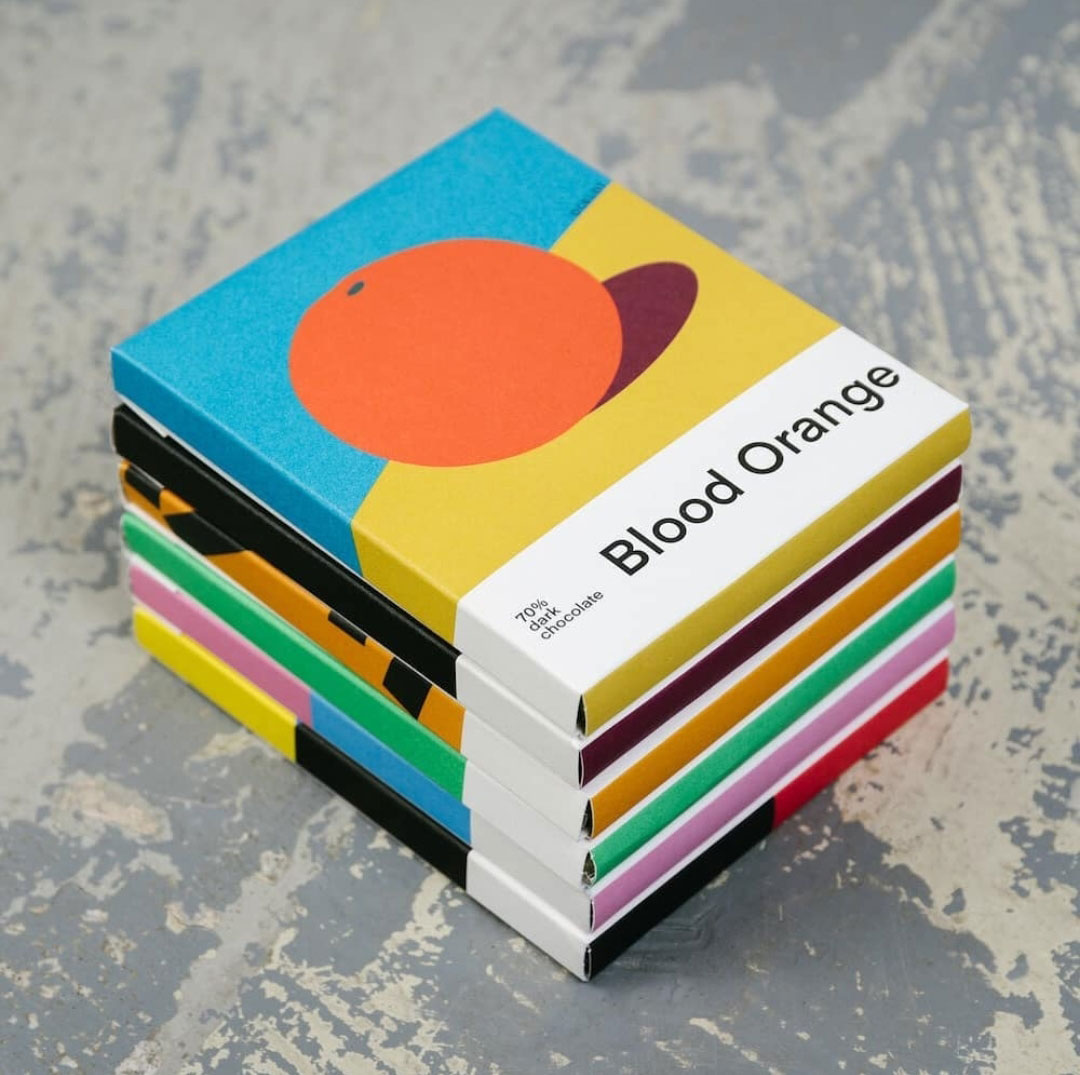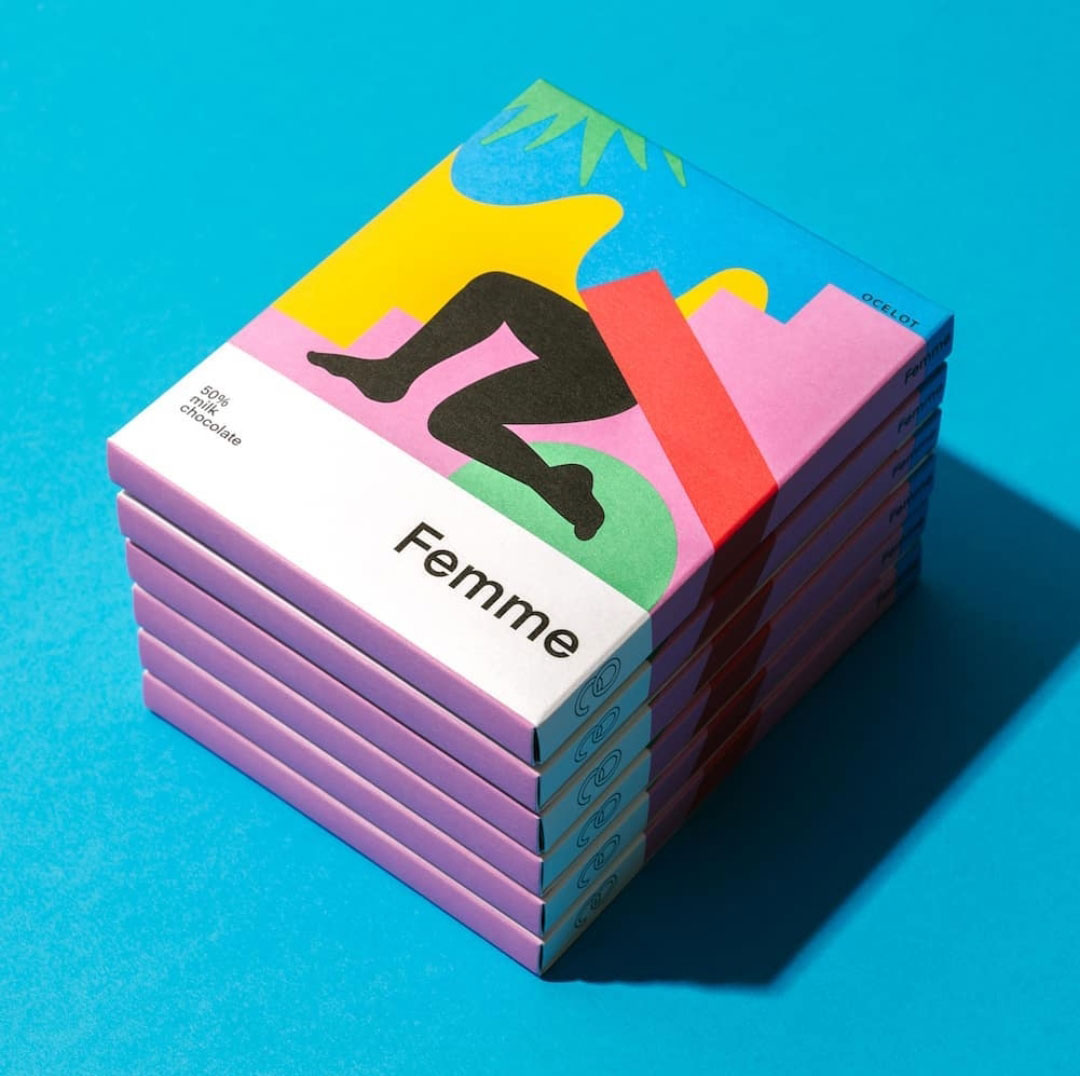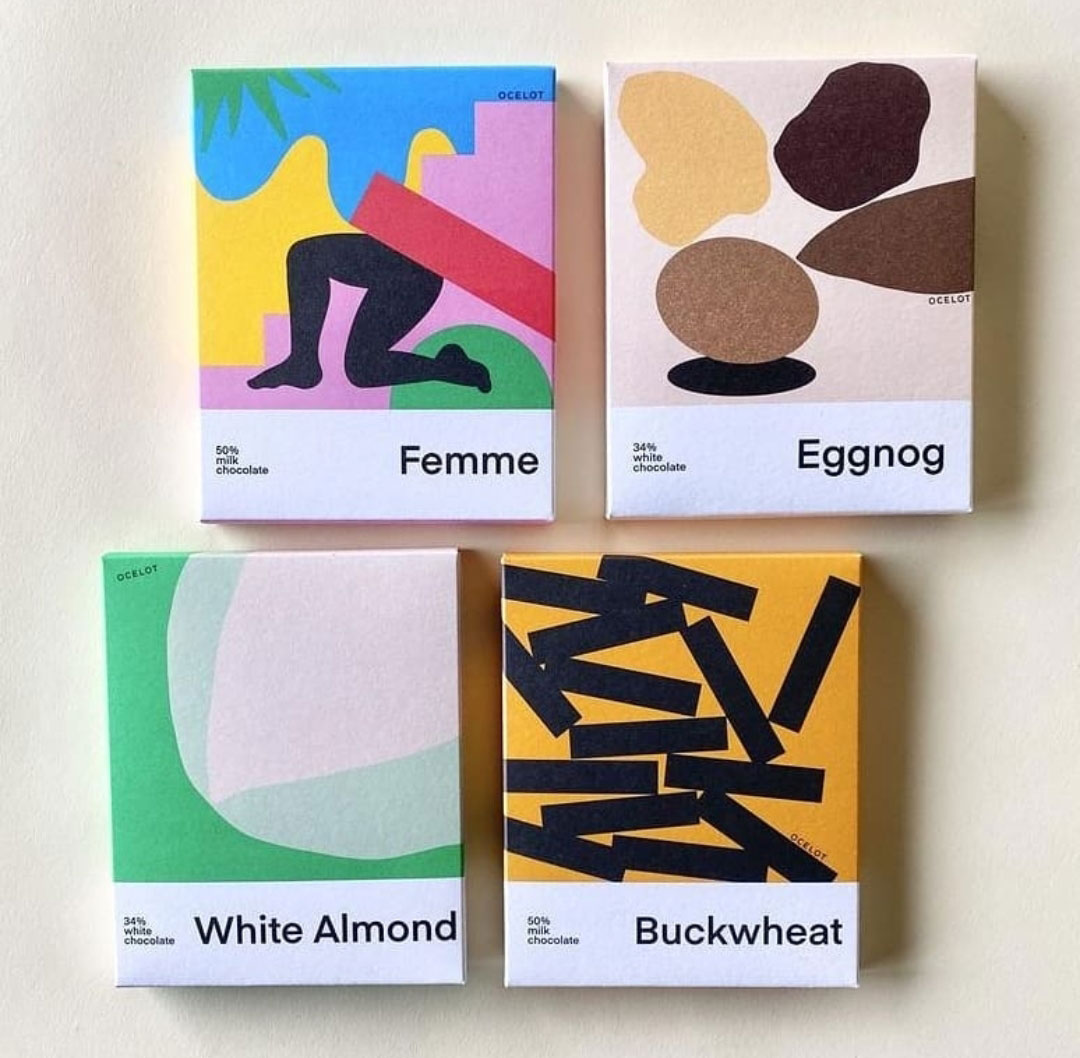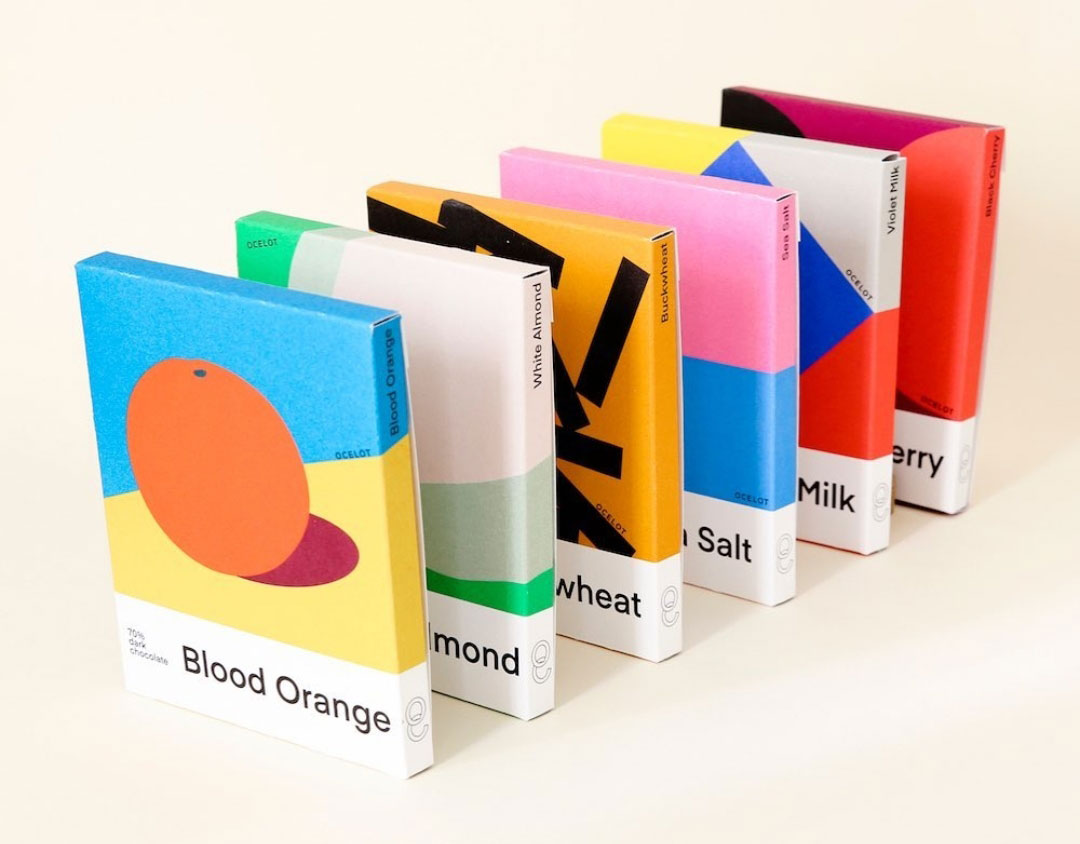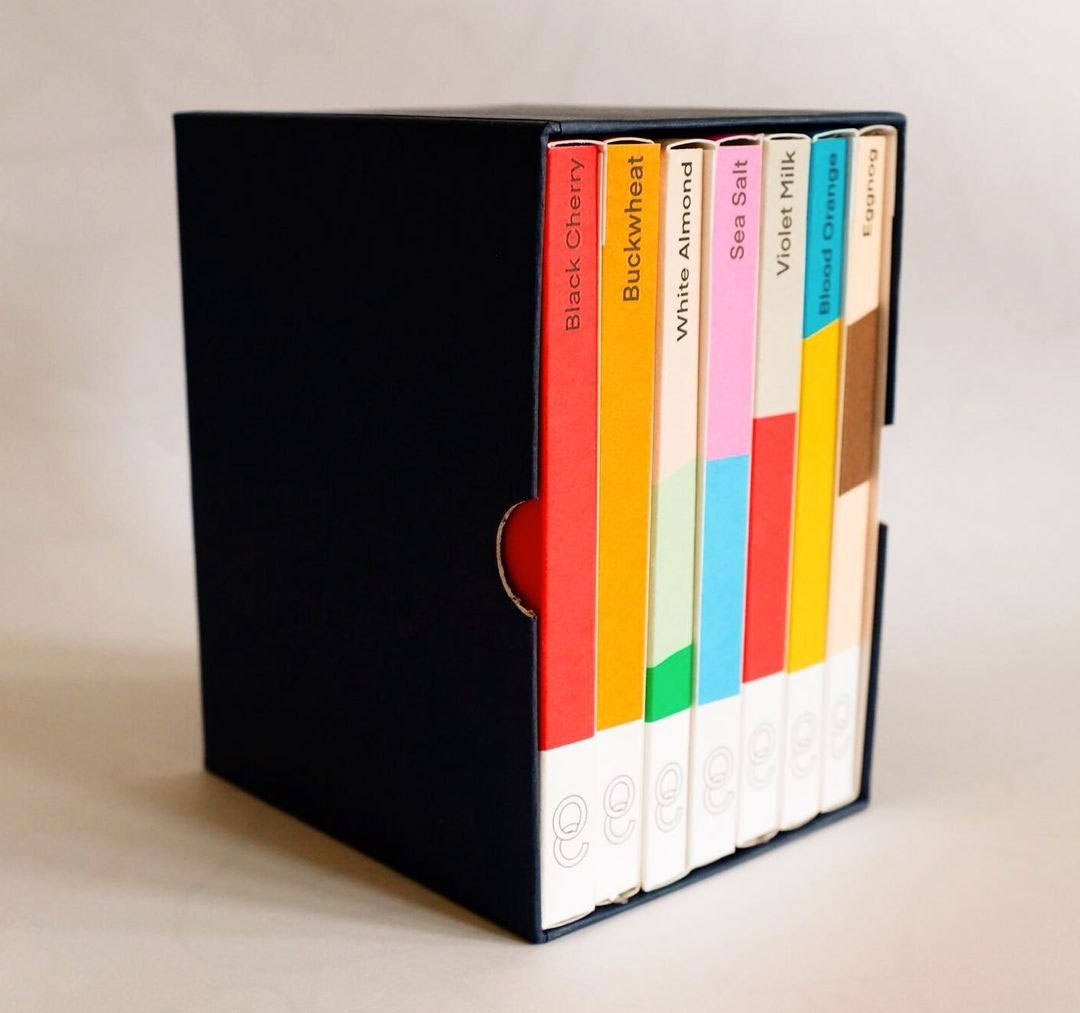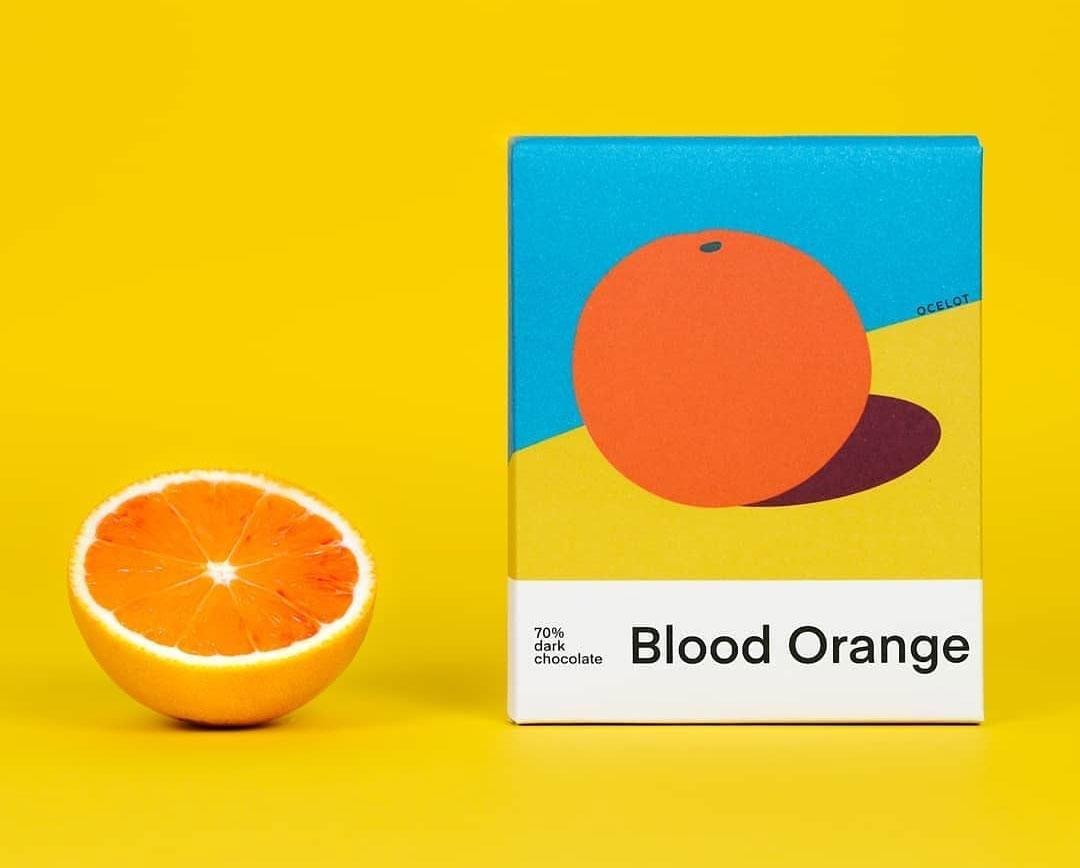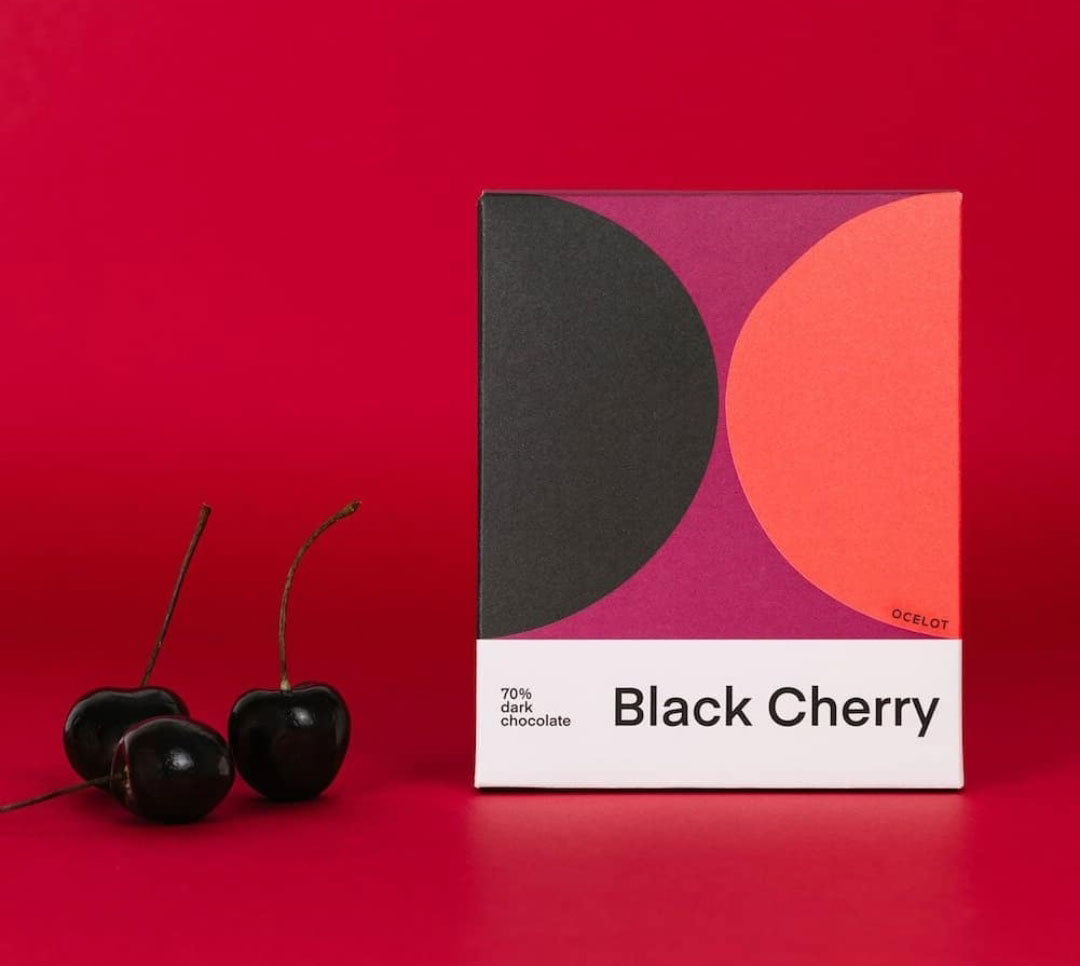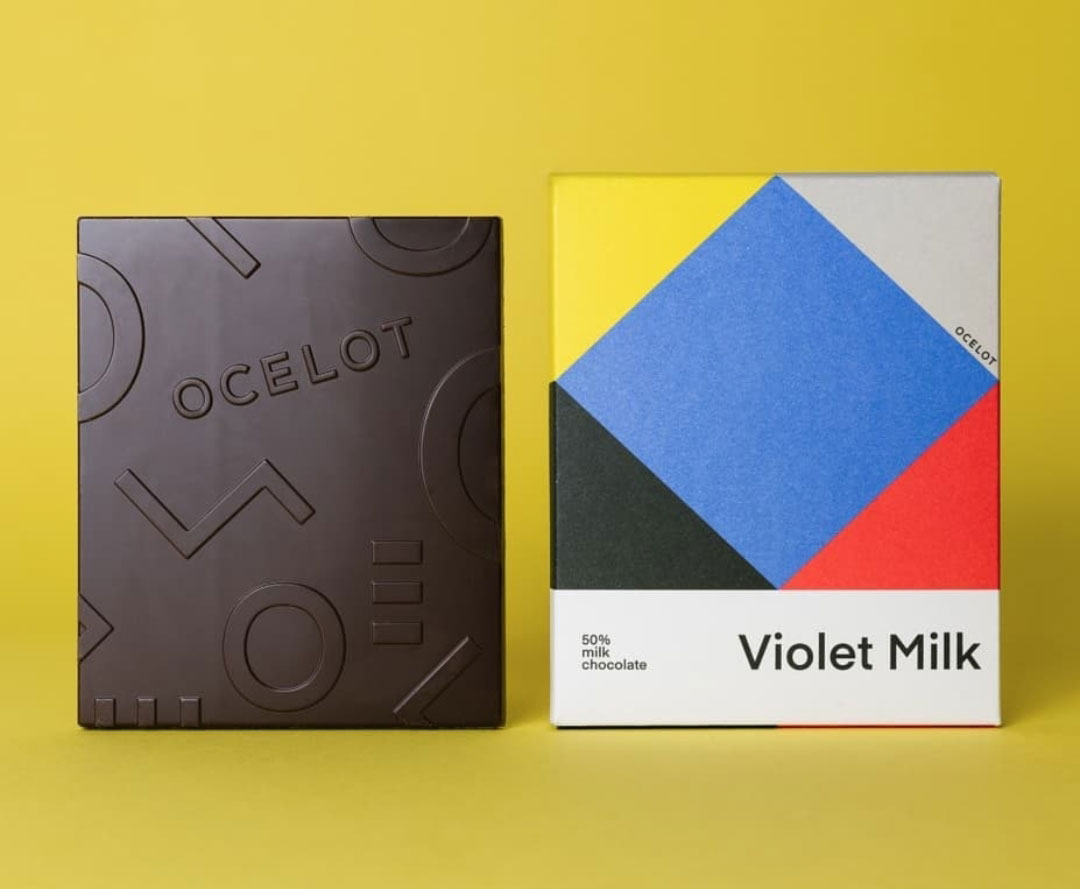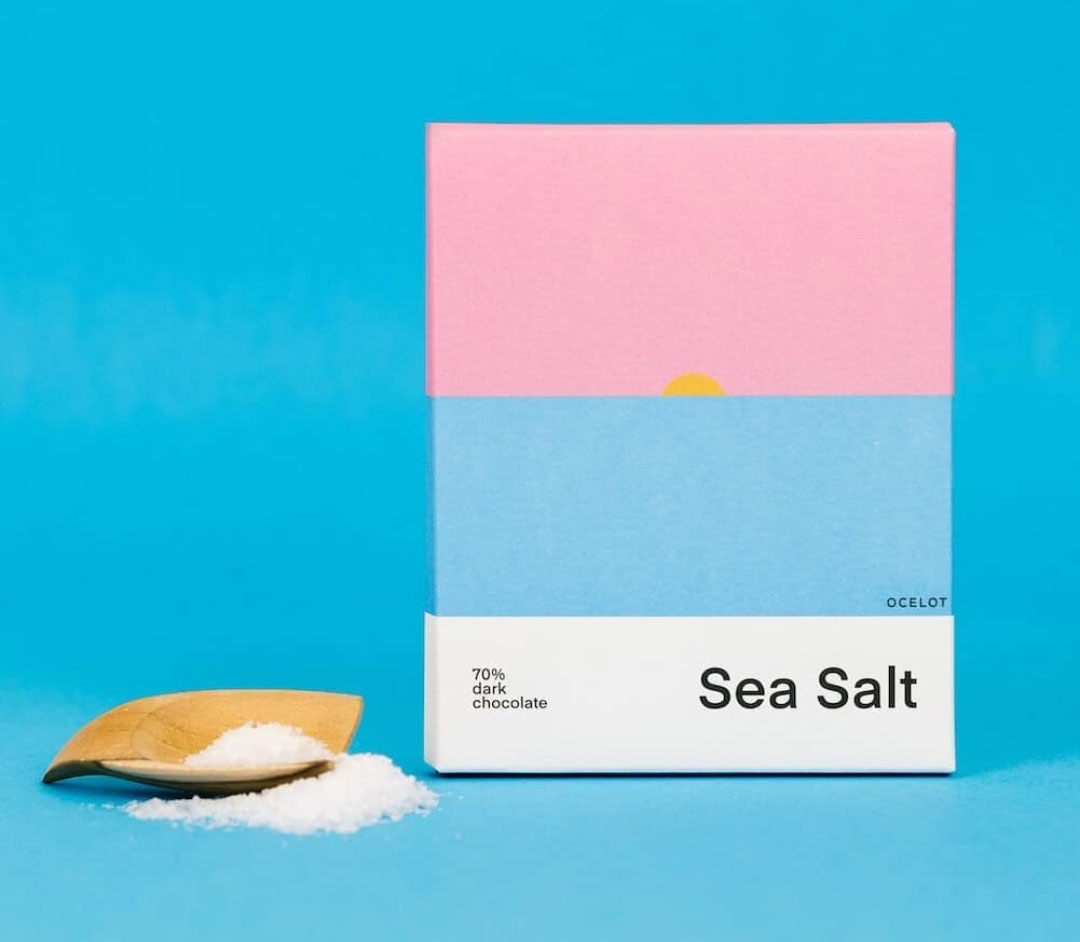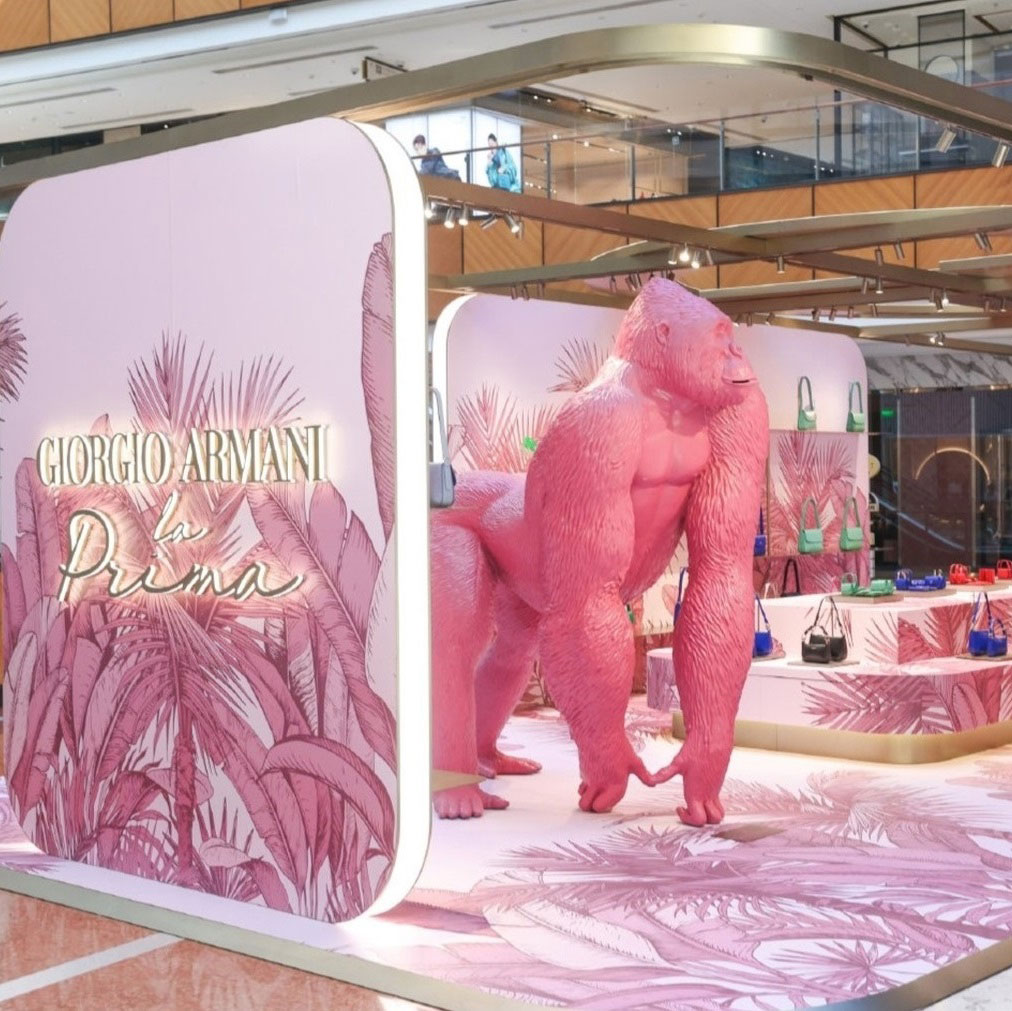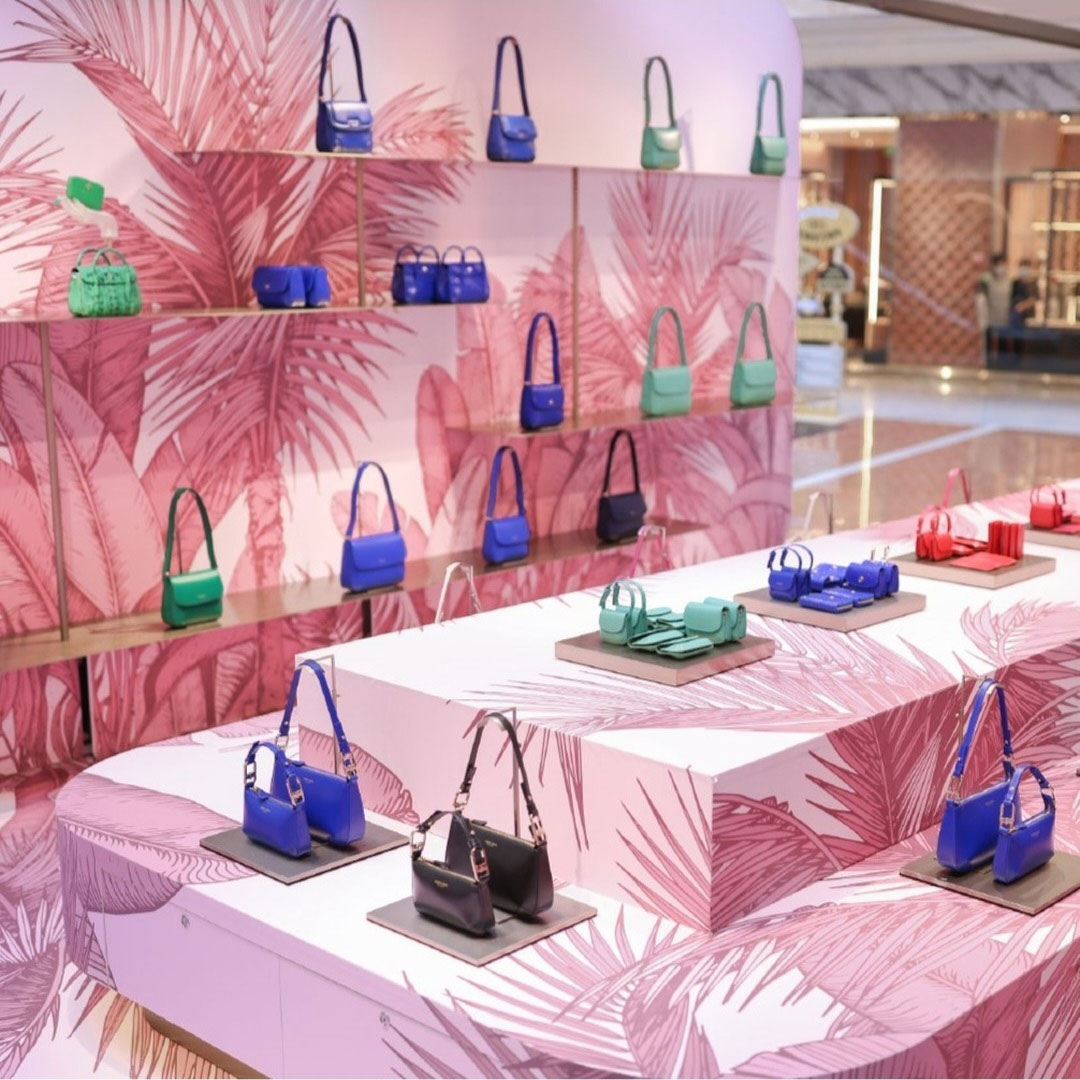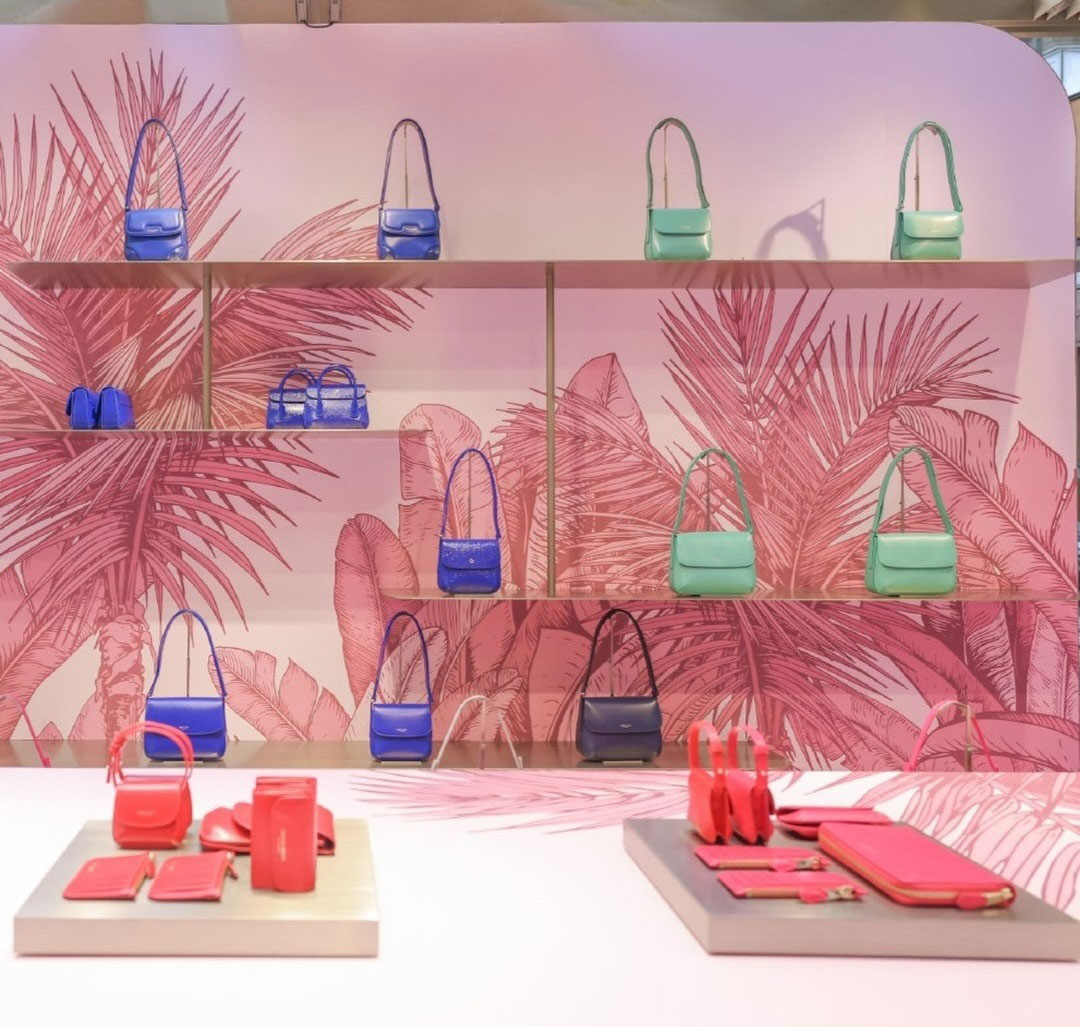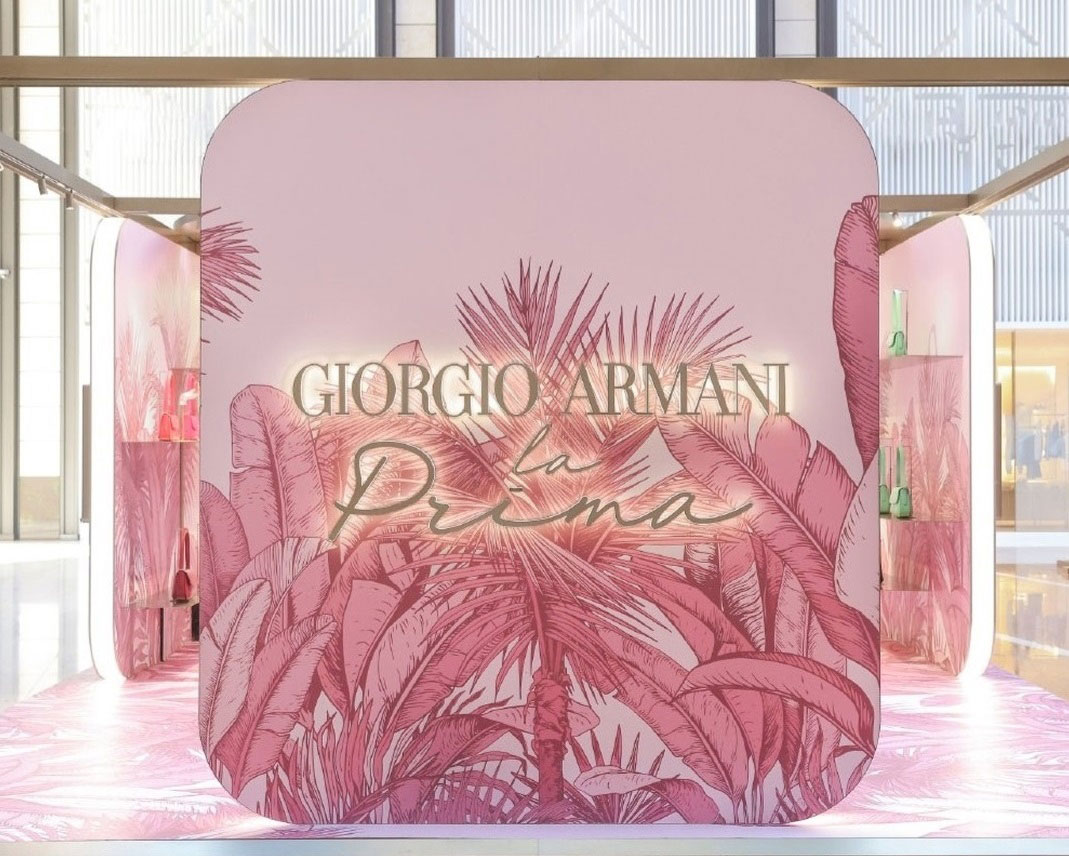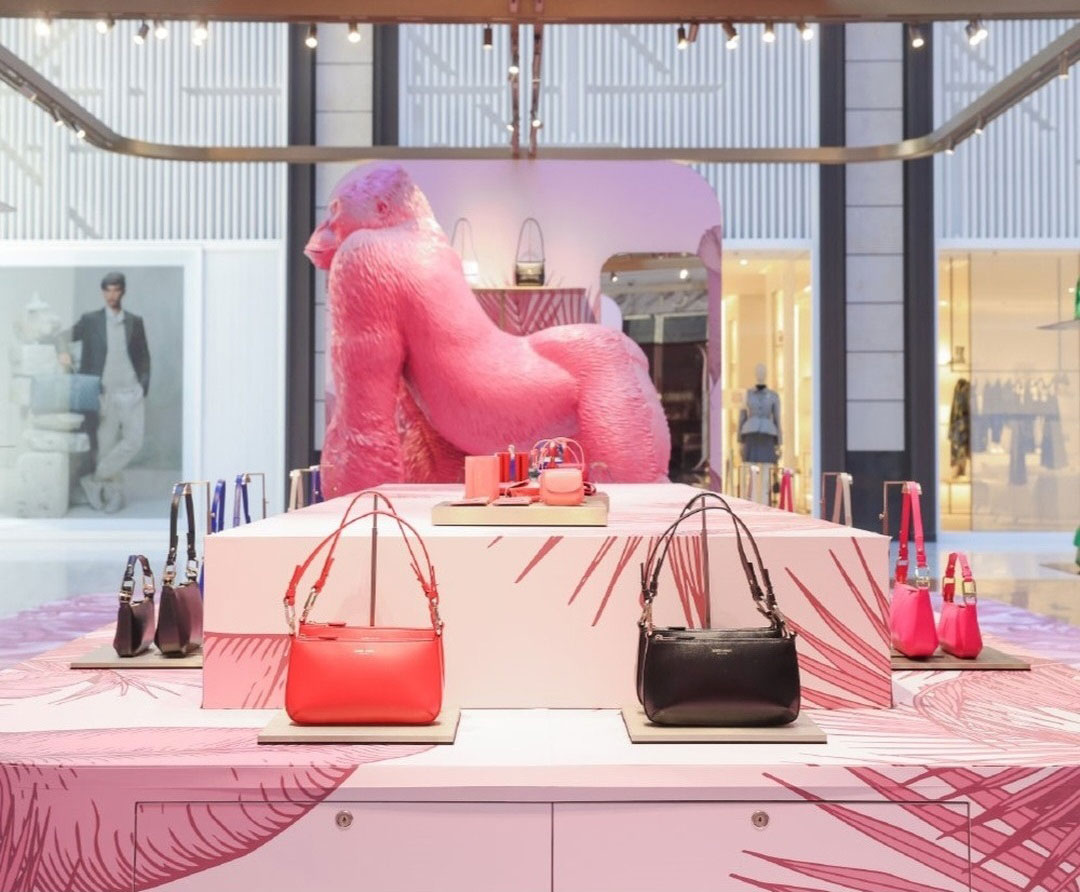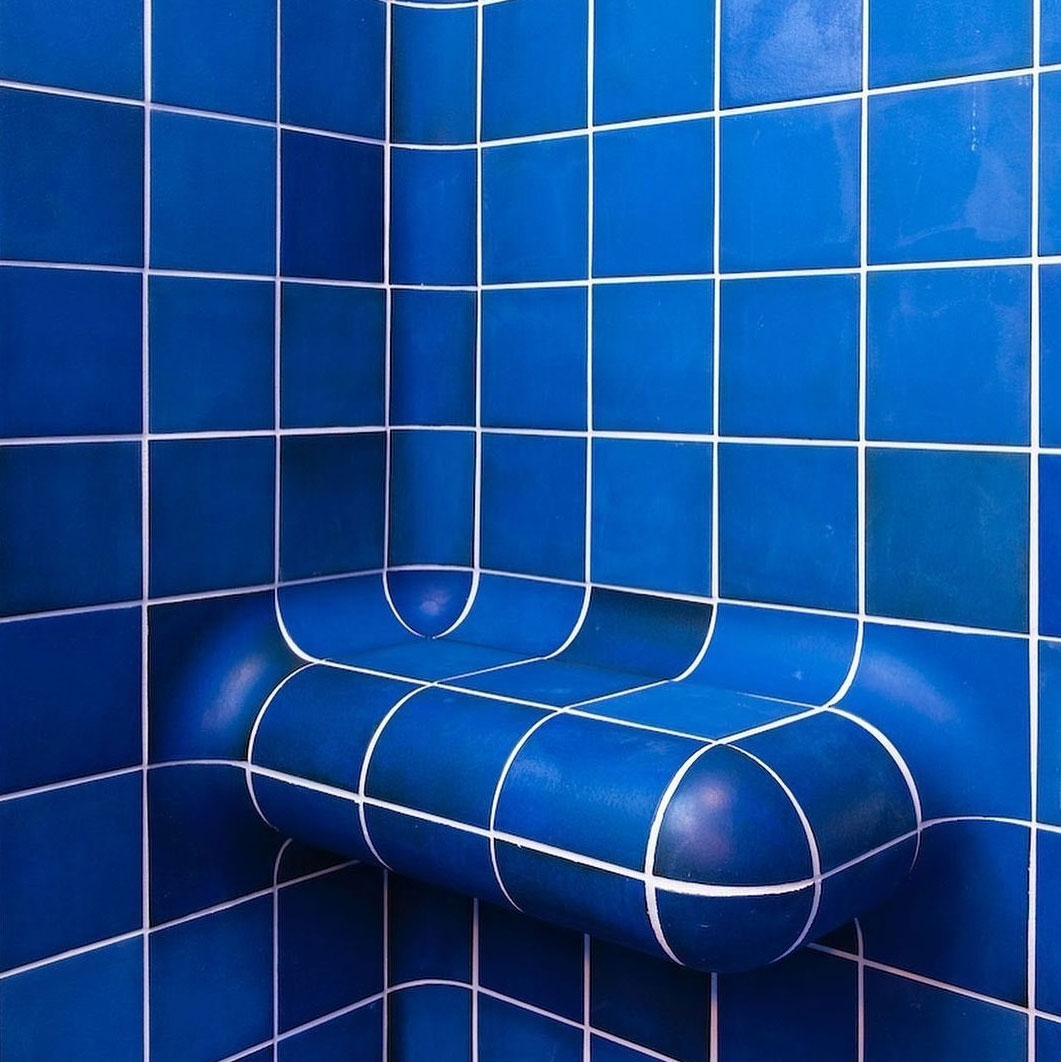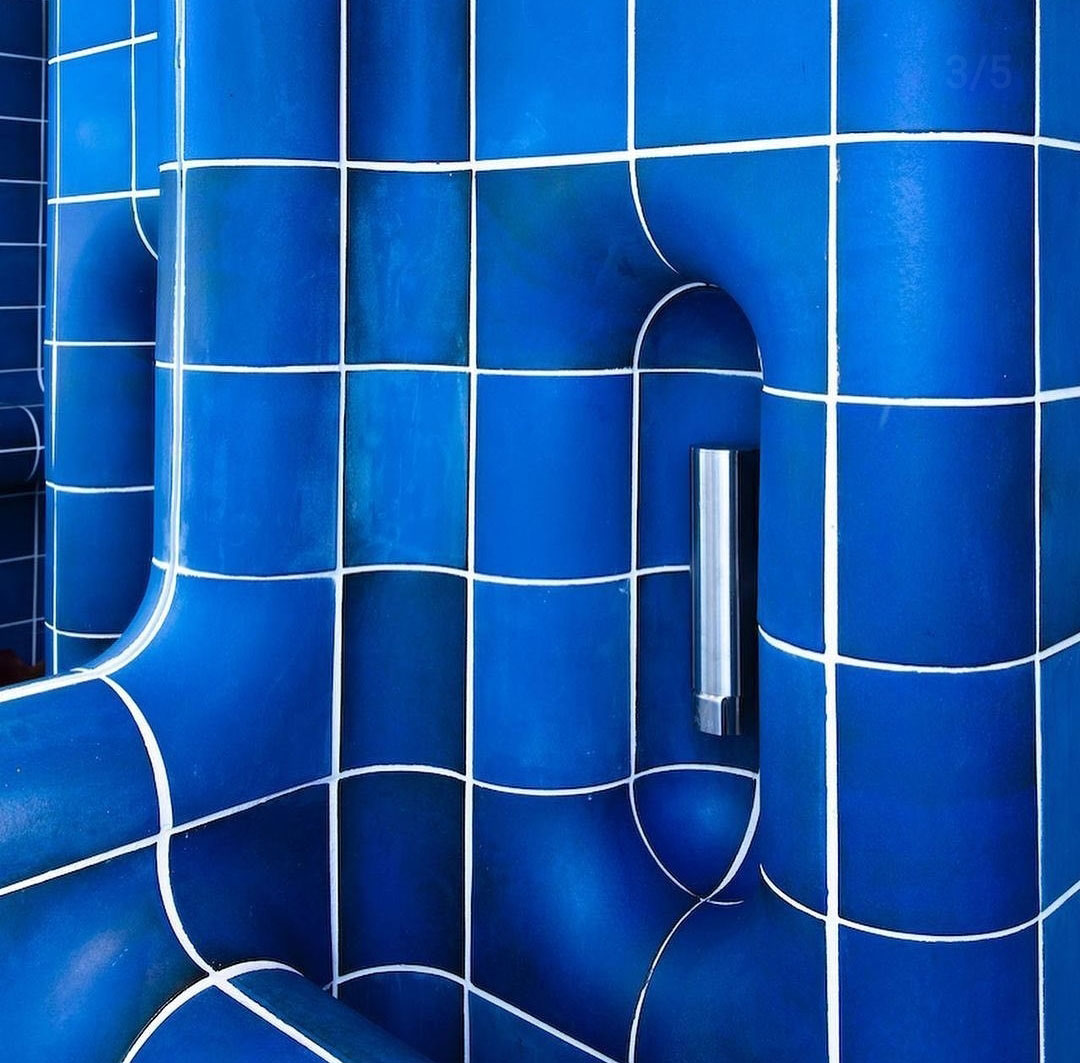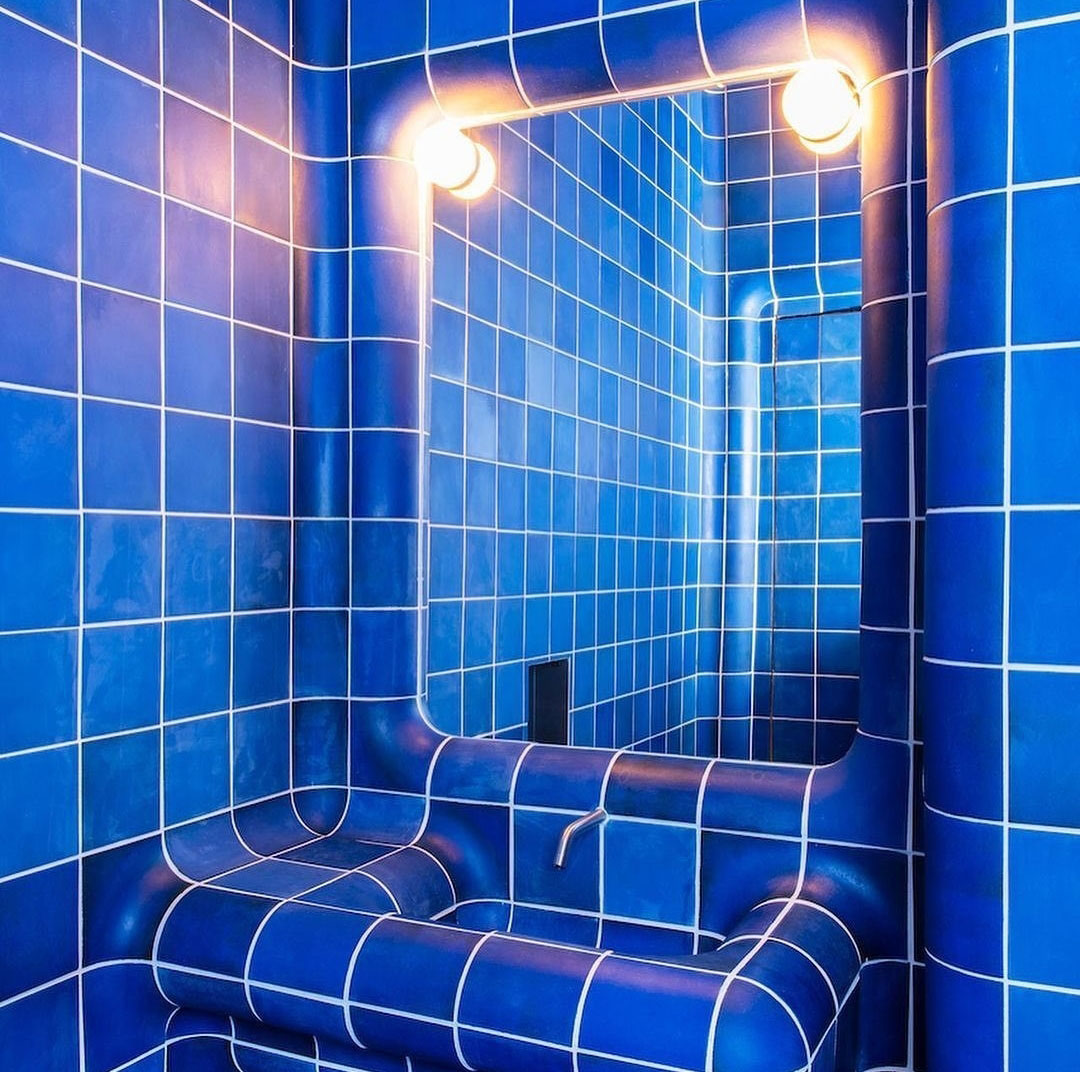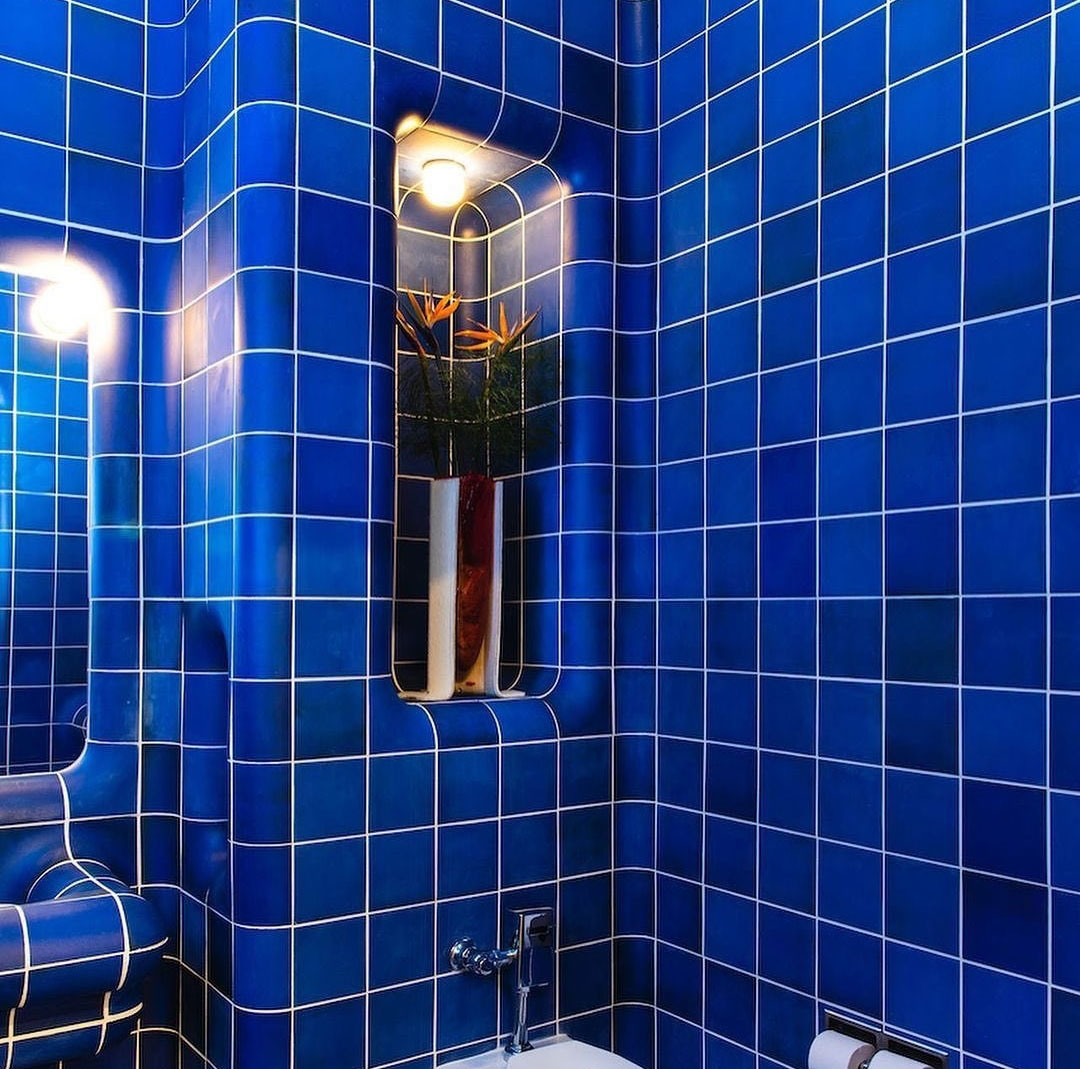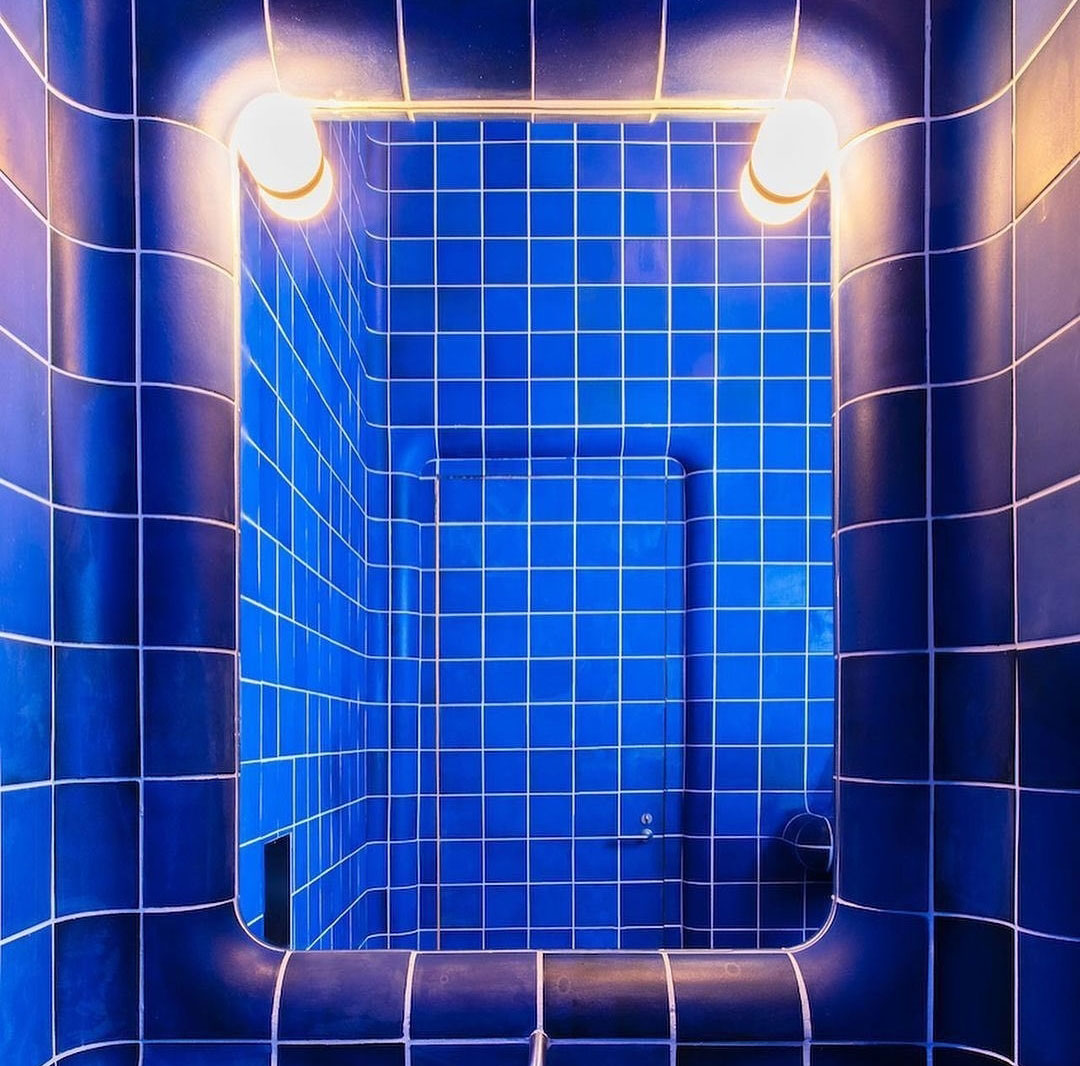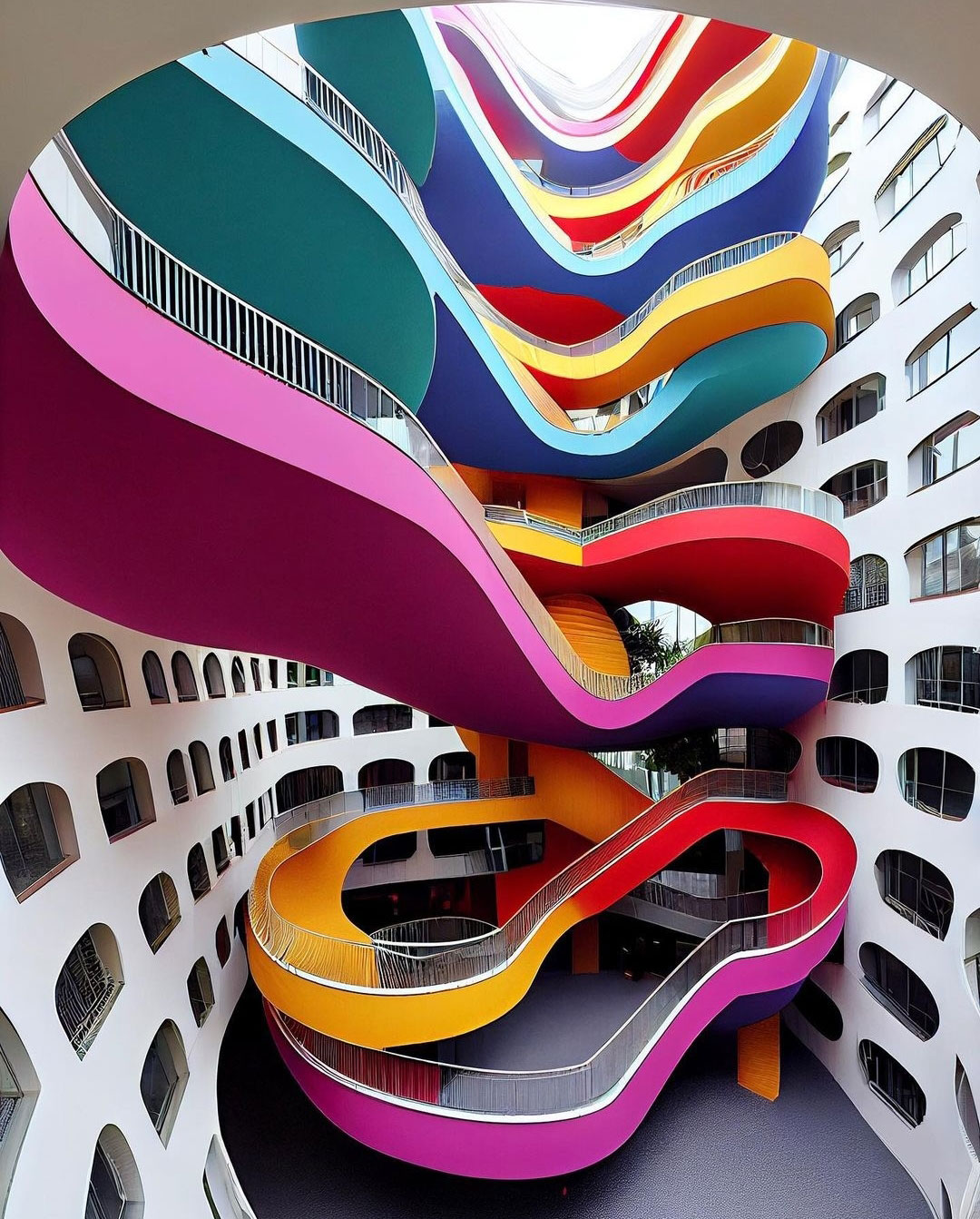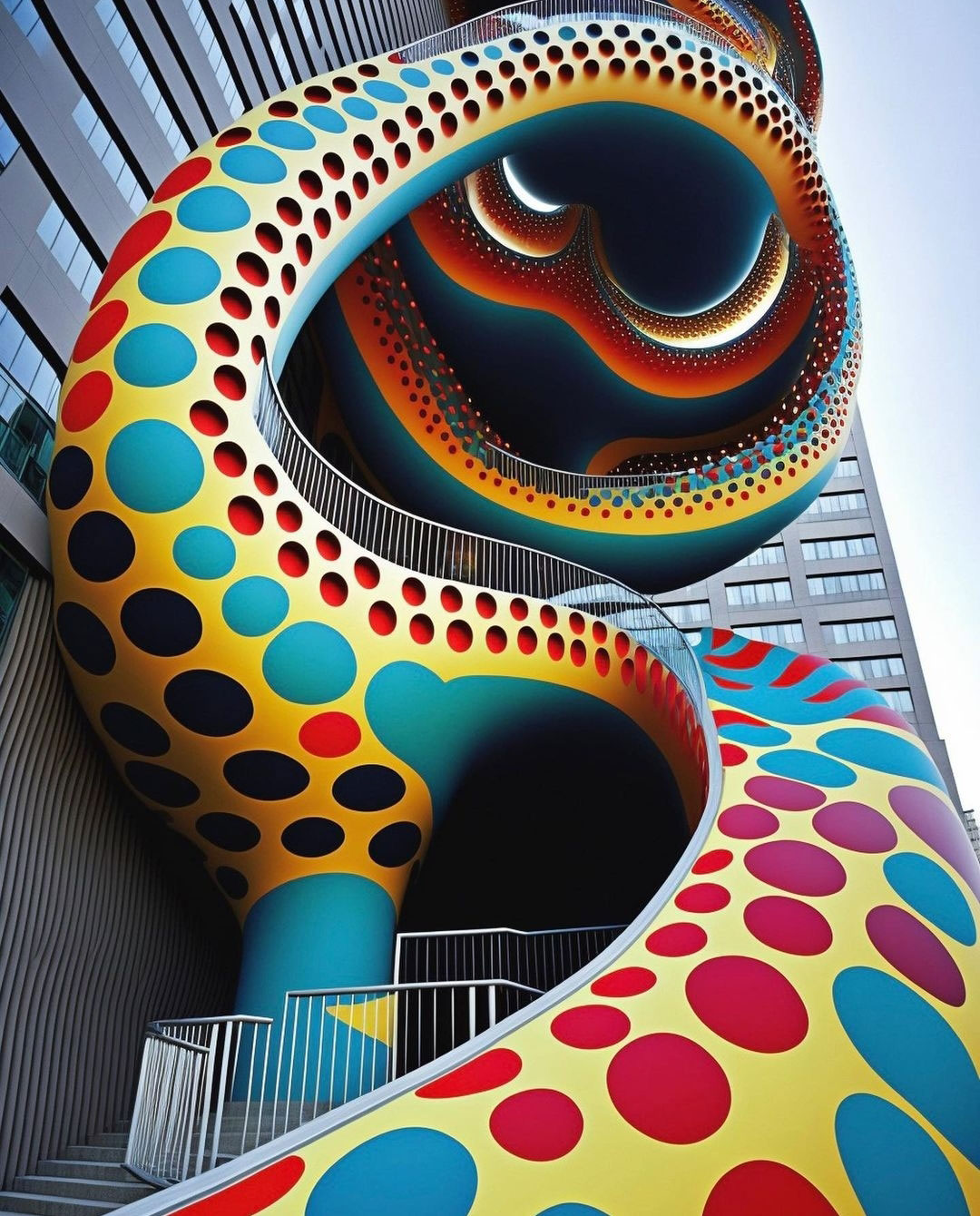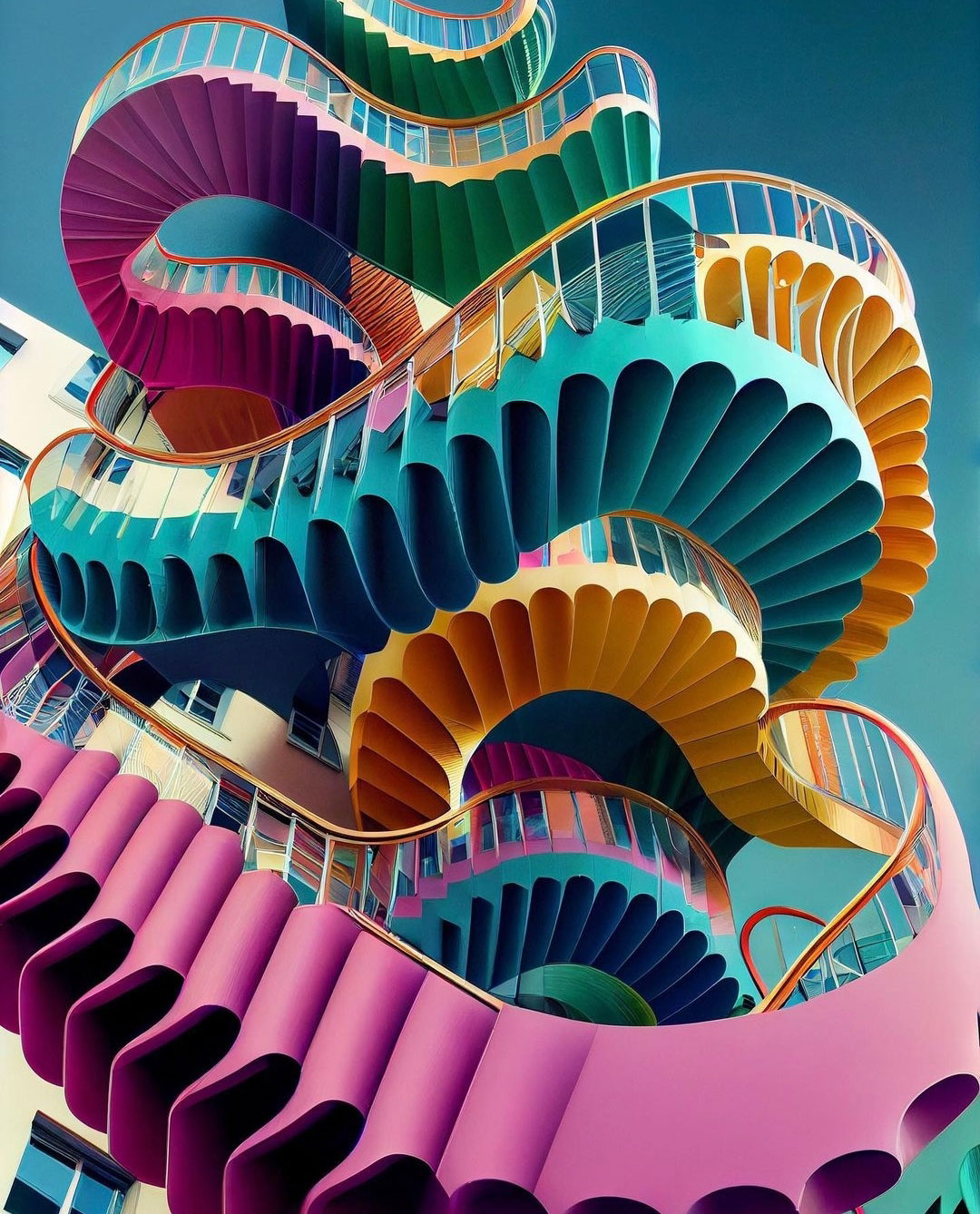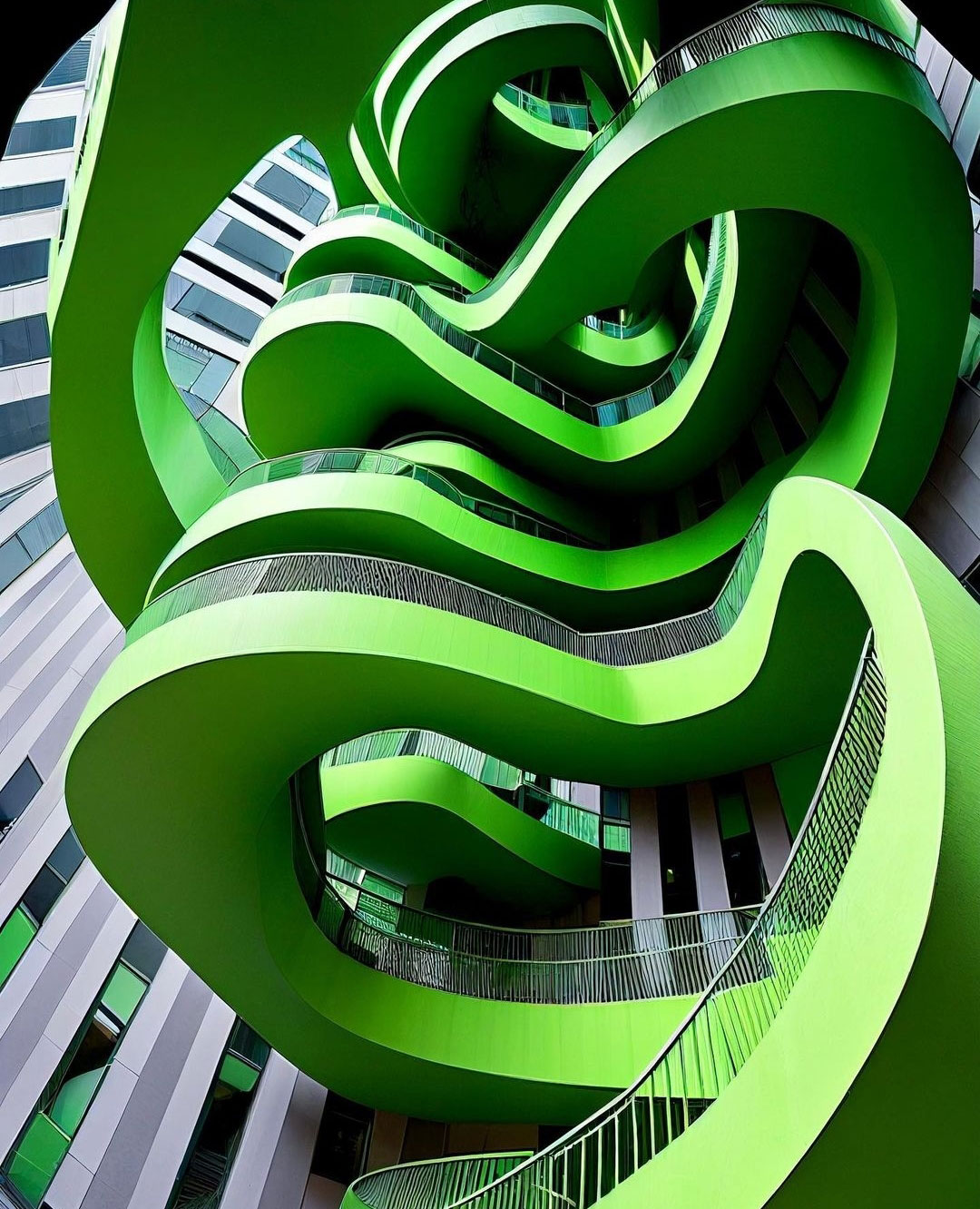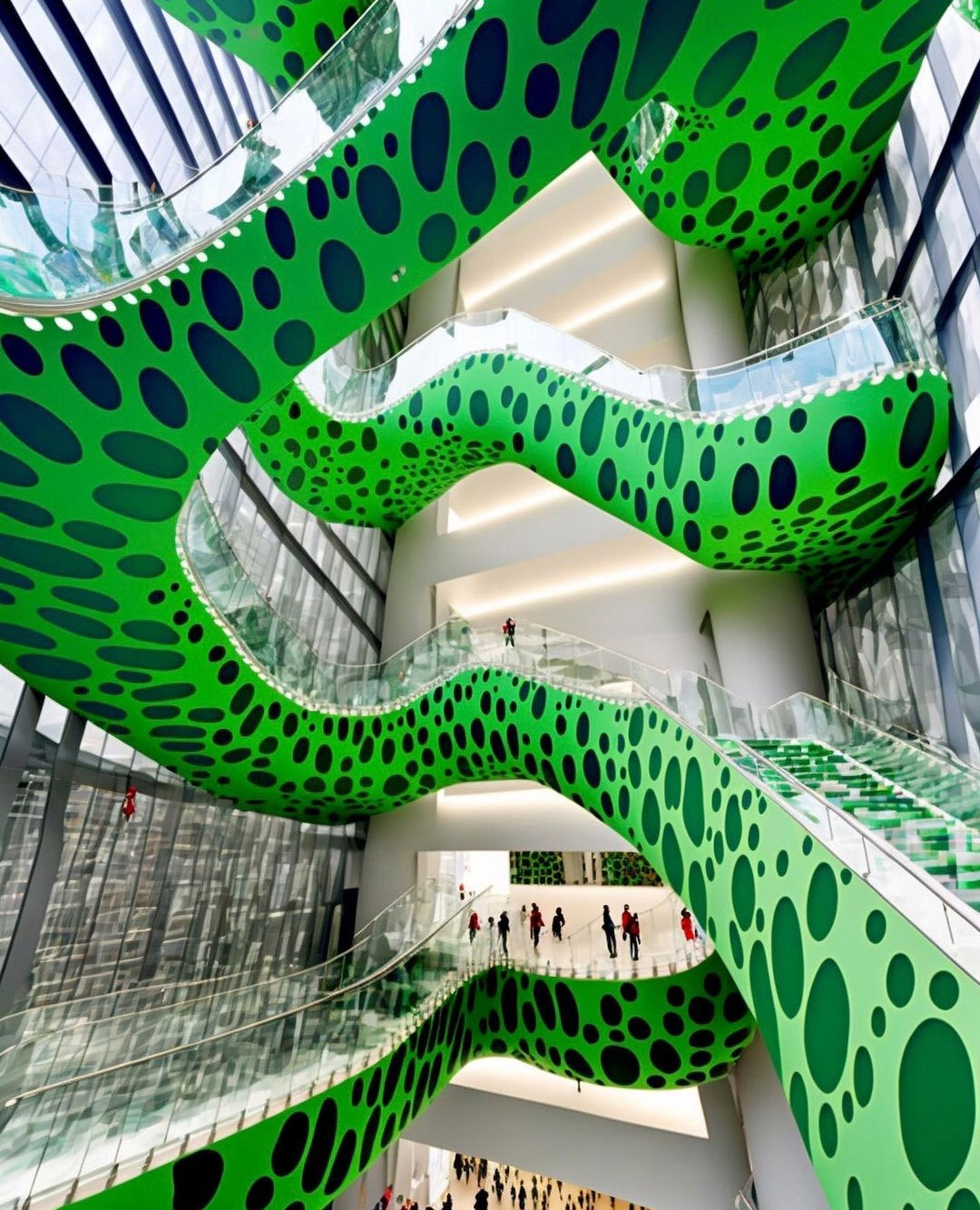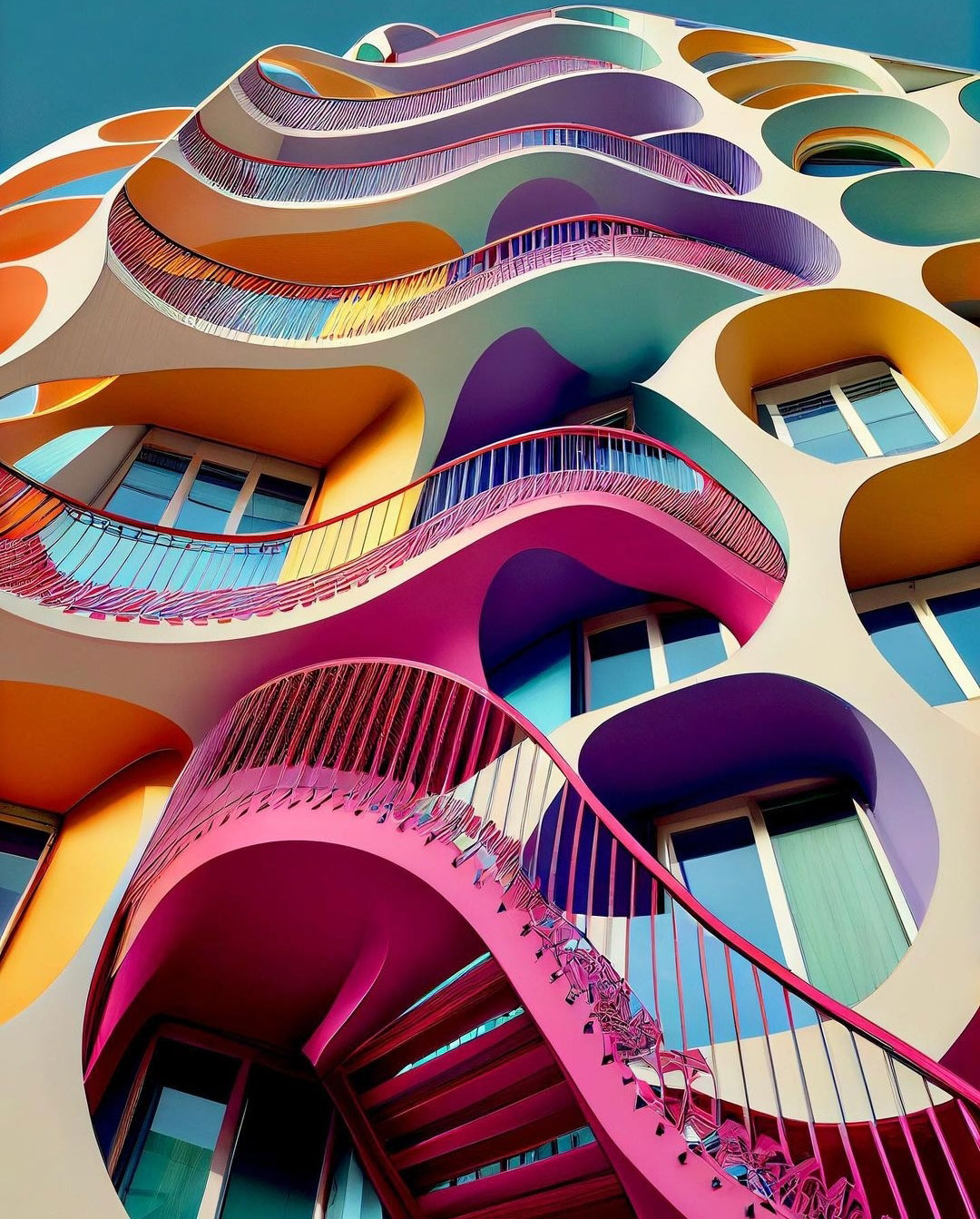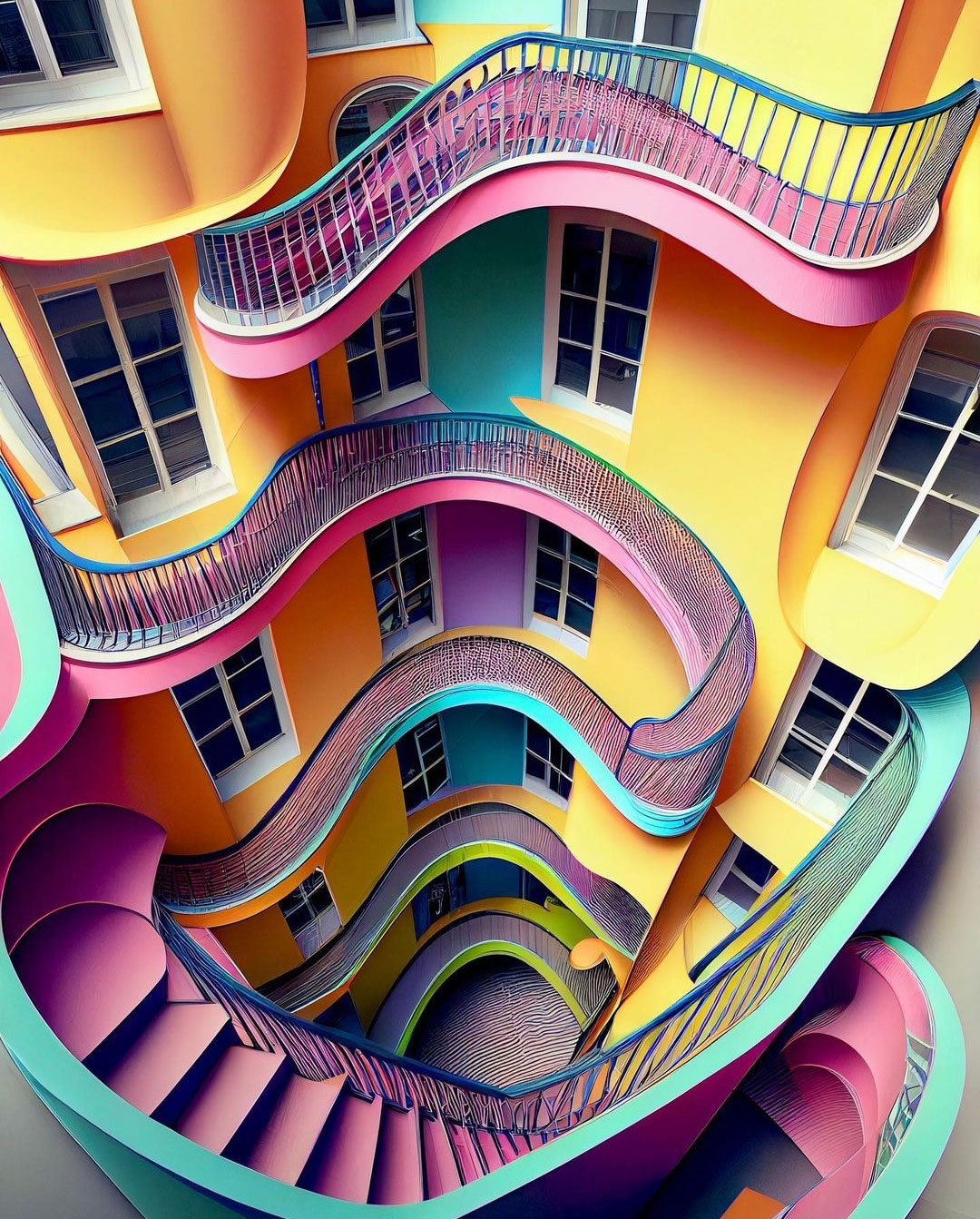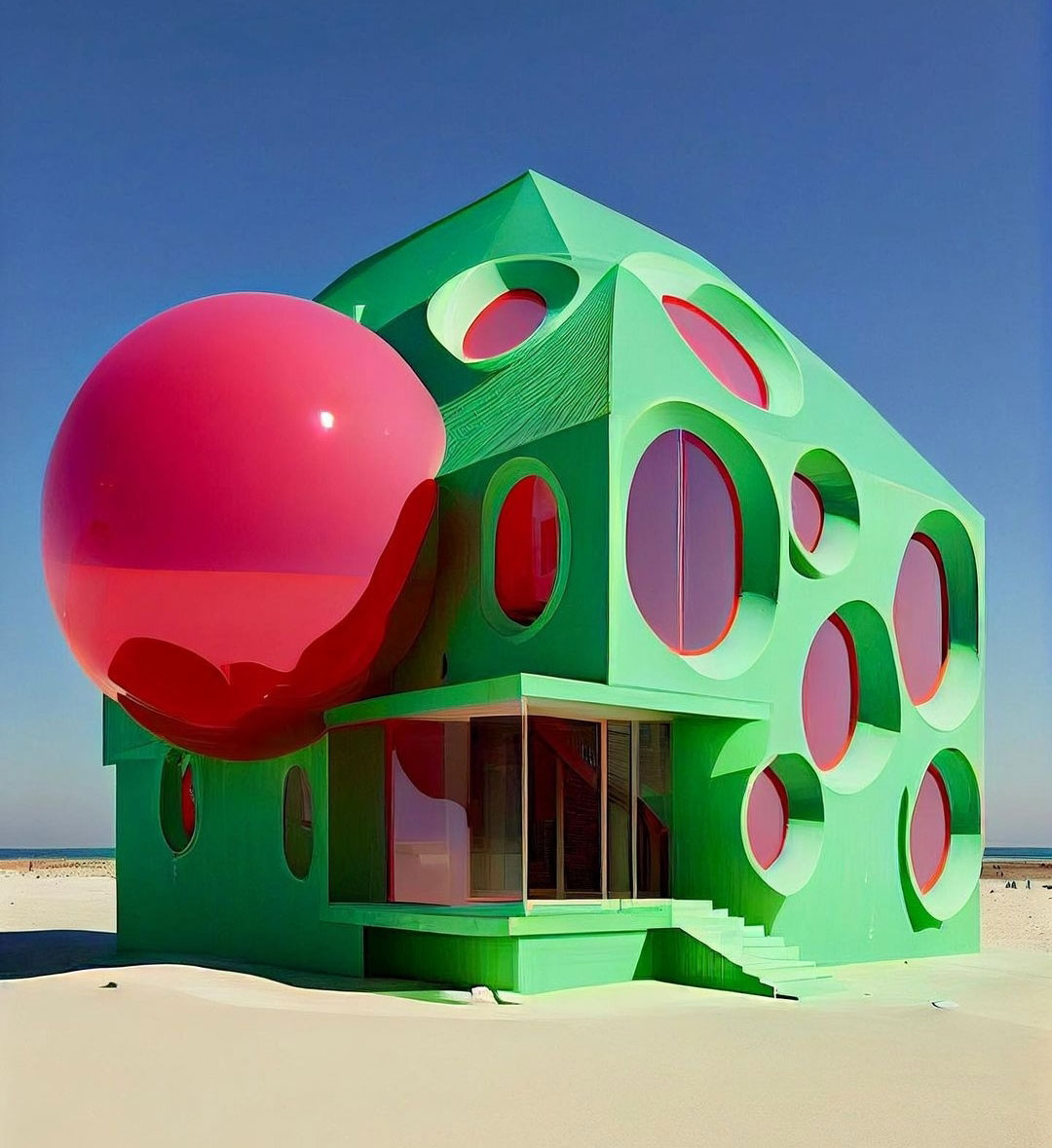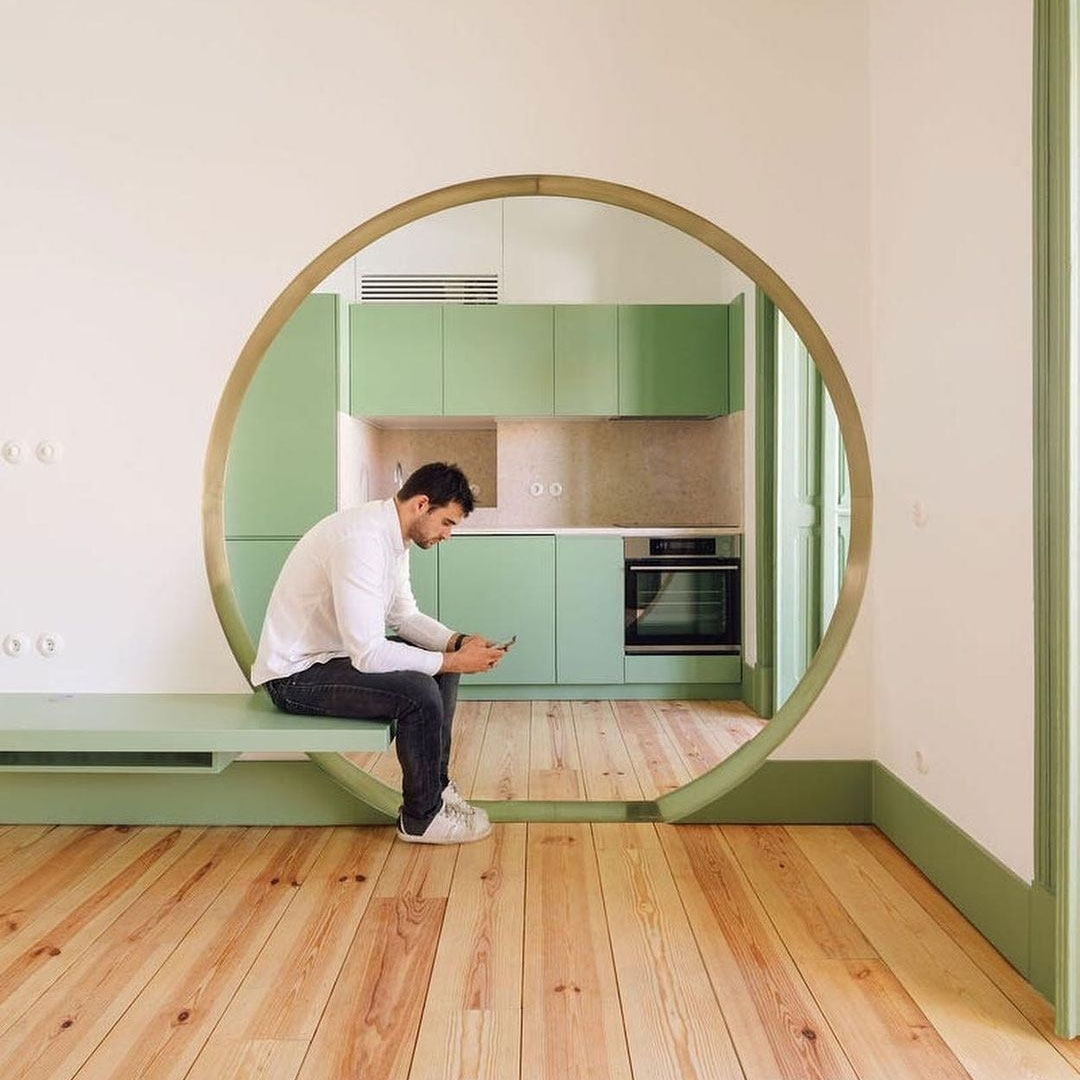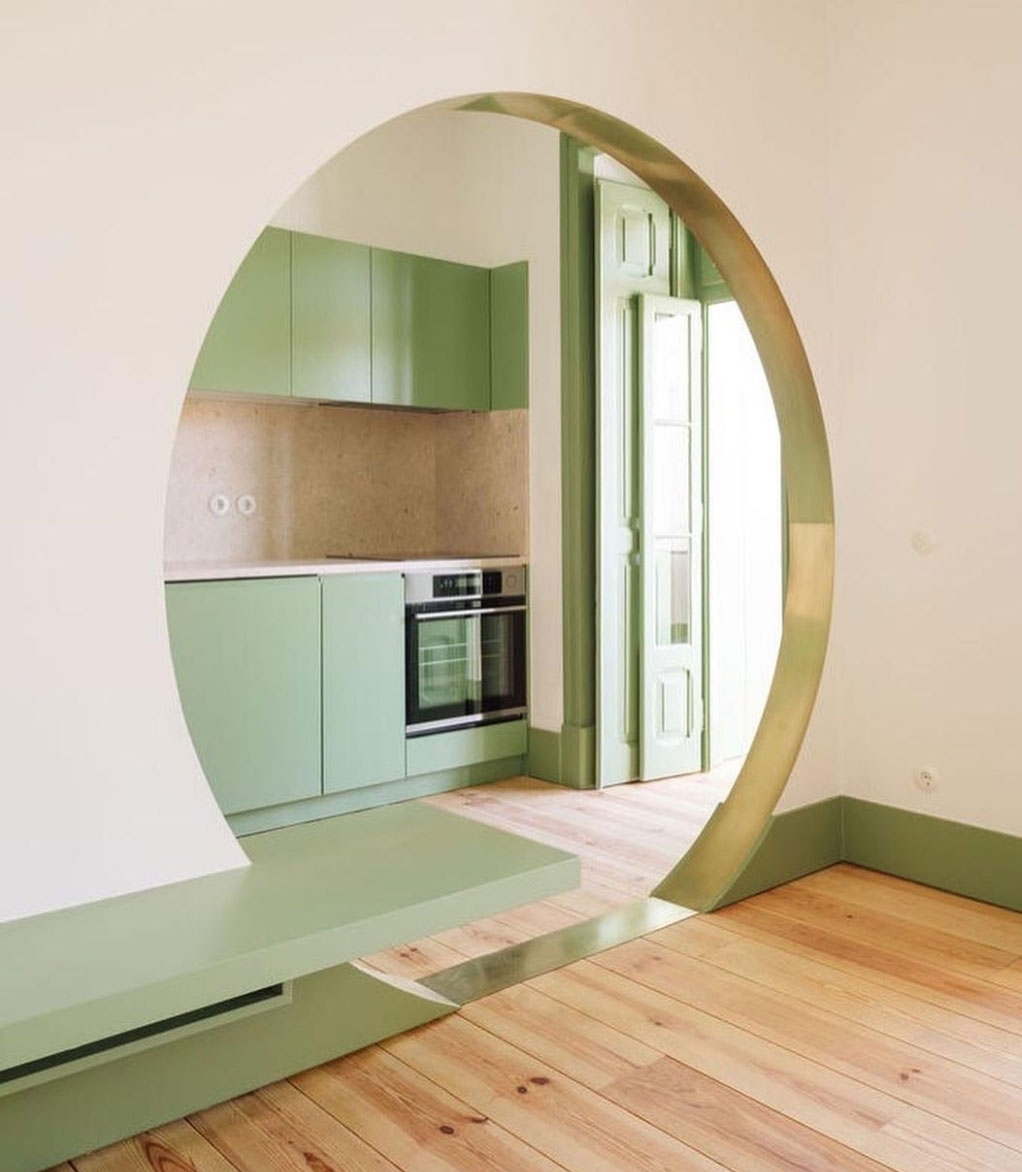TUNNEL ESPERIENZIALE
PUBLIC SPACES | BASEL
Pensando alla figura di Verner Panton, è impossibile non associare i suoi lavori con il mondo dei colori. Anzi, questi ultimi non hanno mai rappresentato un elemento secondario, a mo’ di aggettivo, bensì l’essenza dei progetti di spazi, arredi e grafiche.
Qui ci focalizziamo sull’unica opera di spazio collettivo che il maestro danese ci ha lasciato e che rischia di scomparire. Parliamo del tunnel sotterraneo che collega un parcheggio multipiano e l’Ospedale Universitario di Basilea, realizzato nel 1978. Si tratta di una vera e propria installazione walk-in, con pareti e soffitti invasi da tinte accese e variegate, con una forte dominanza dei rossi e dei viola.
Ora, per far posto a una nuova ala dell’ospedale, quel manufatto rischia di essere demolito. Inevitabili le proteste – con tanto di raccolta firme – per evitare la distruzione di uno dei gioielli del design in territorio svizzero.
Experiential tunnel – Thinking about the figure of Verner Panton, it is impossible not to associate his works with the world of colours. Indeed, the latter have never represented a secondary element, by way of an adjective, but the essence of the projects of spaces, furnishings and graphics.
Here we focus on the only work of collective space that the Danish master has left us and which is in danger of disappearing. We are talking about the underground tunnel that connects a multi-storey car park and the Basel University Hospital, built in 1978. It is a real walk-in installation, with walls and ceilings invaded by bright and varied colors, with a strong dominance of reds and purples.
Now, to make way for a new hospital wing, that building risks being demolished. Inevitable protests – complete with the collection of signatures – to avoid the destruction of one of the jewels of design in Switzerland.

